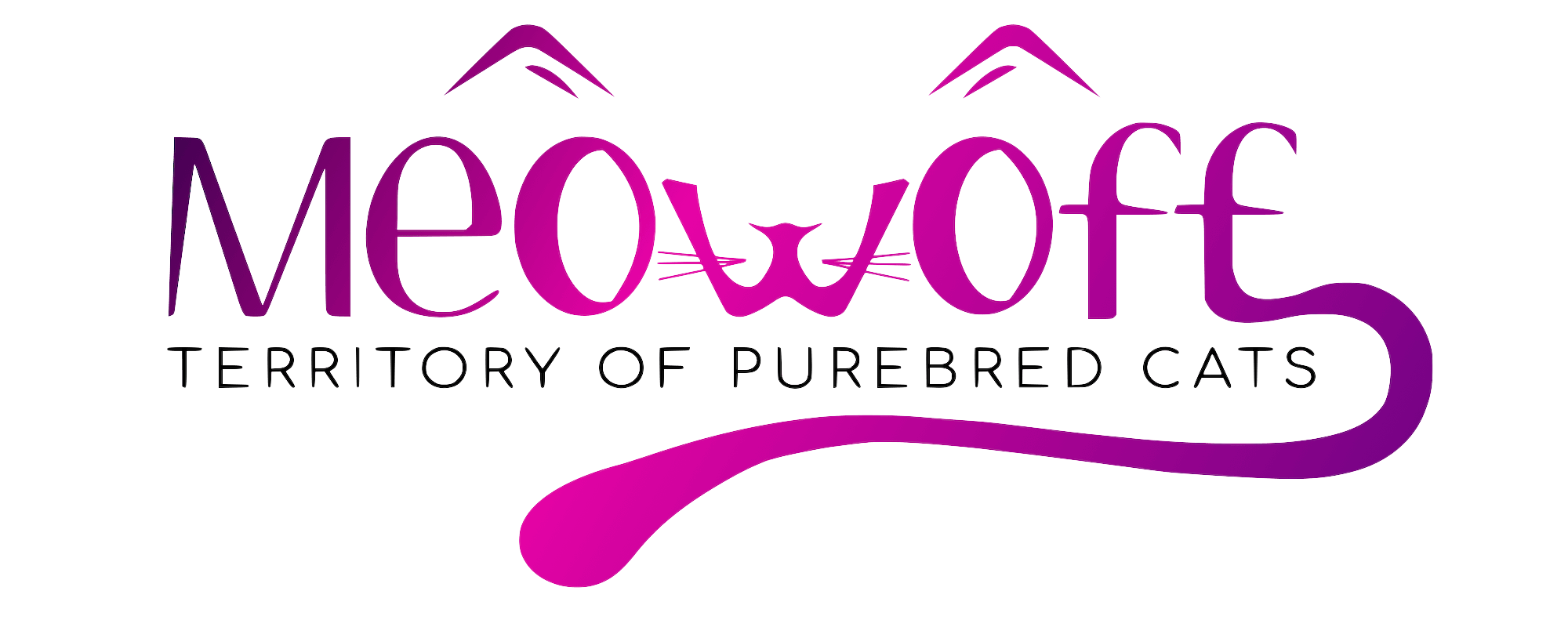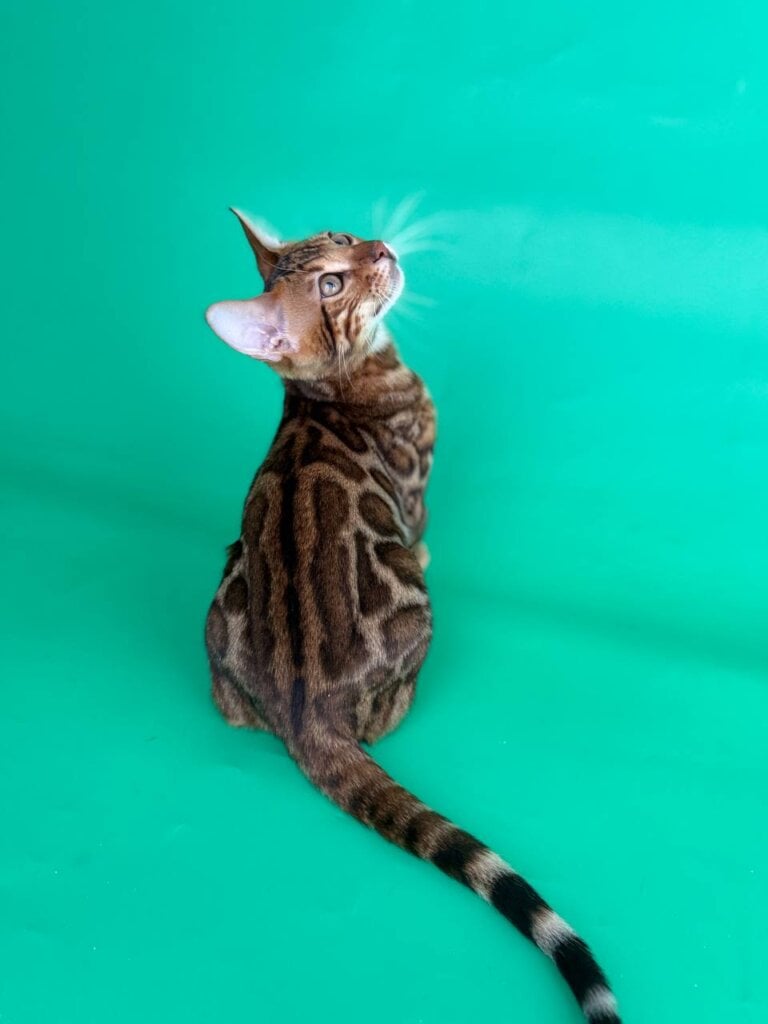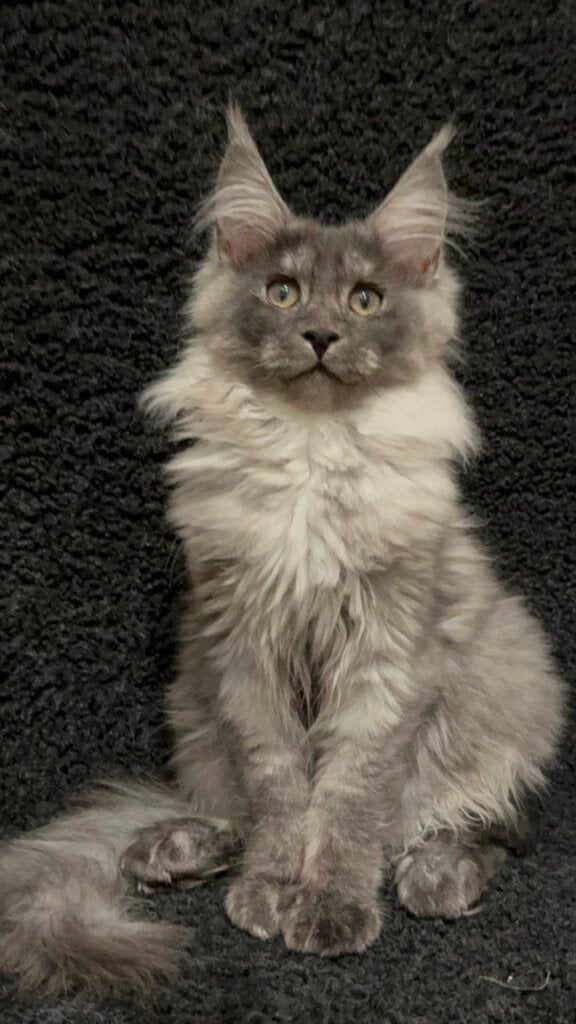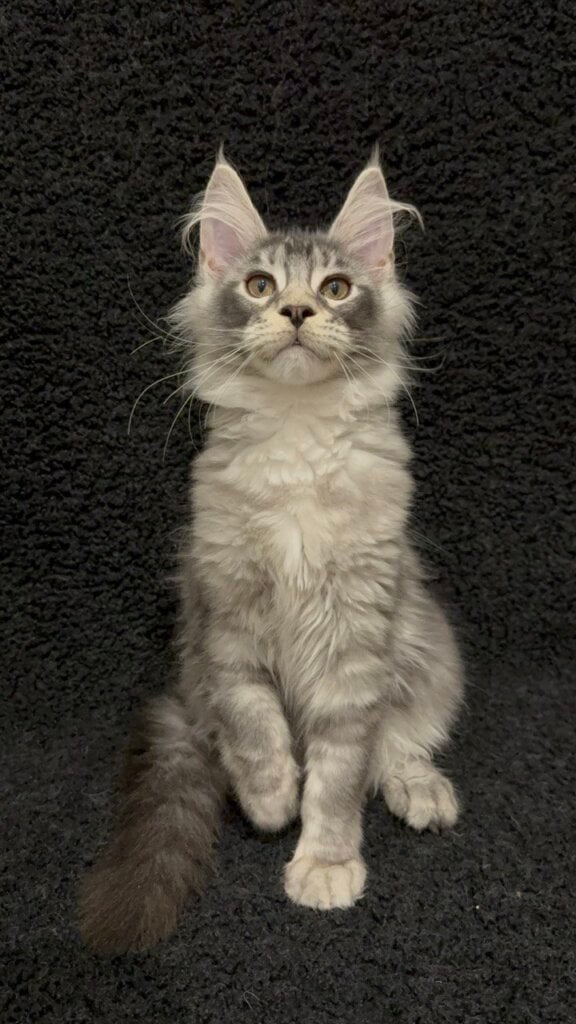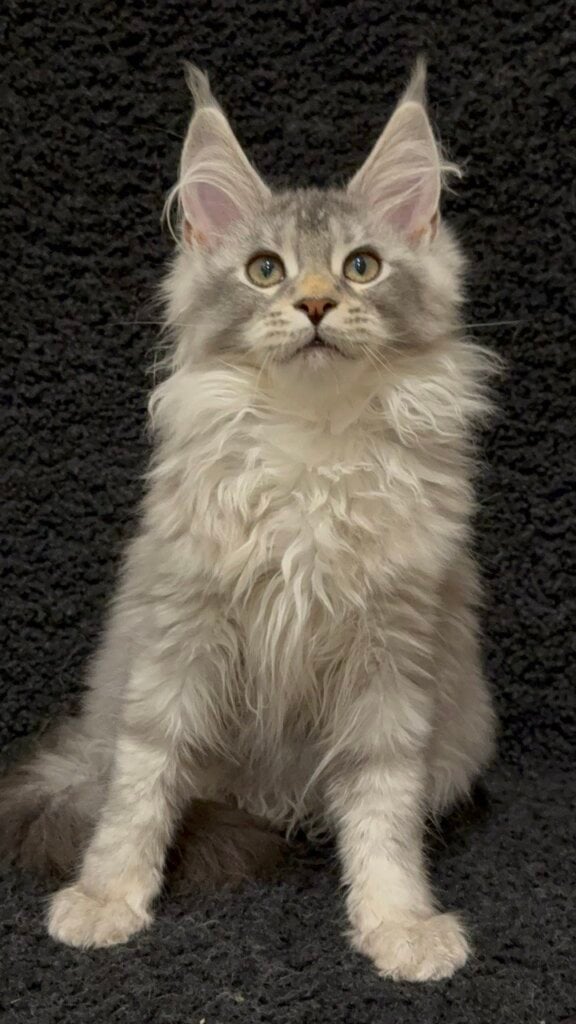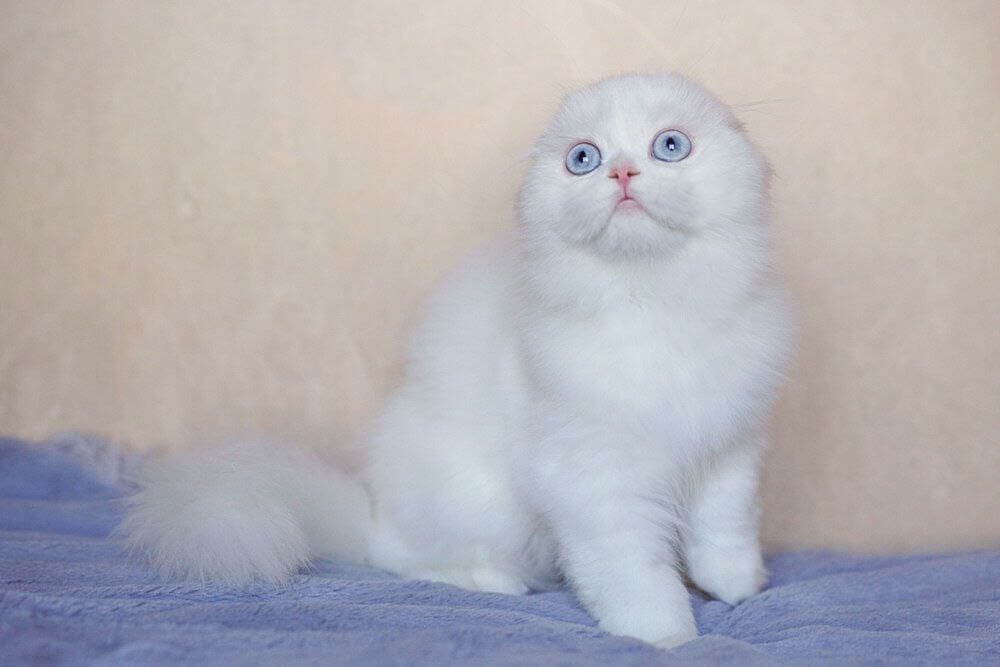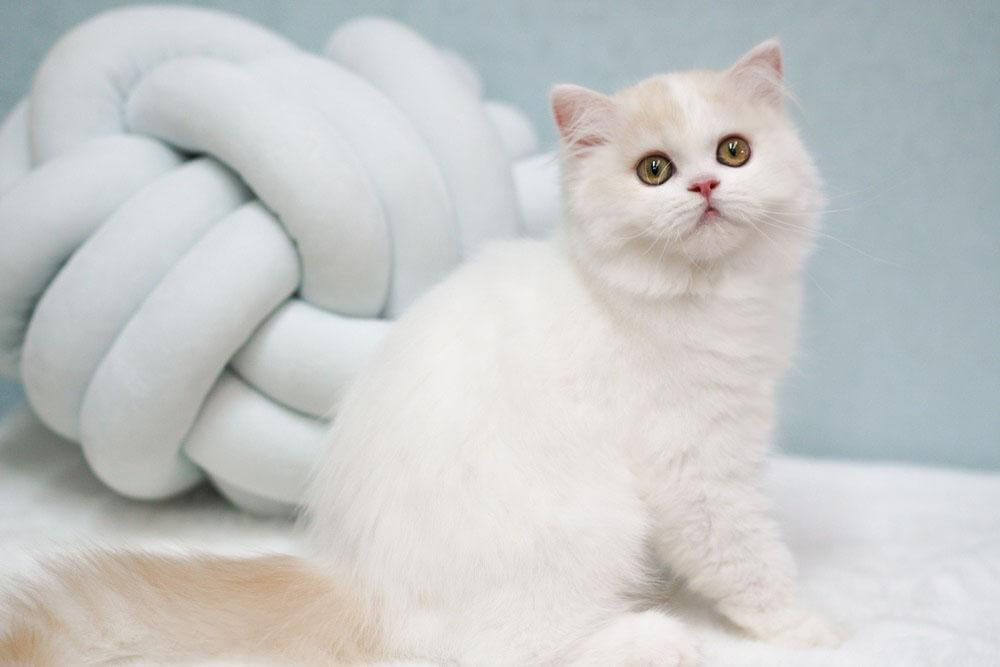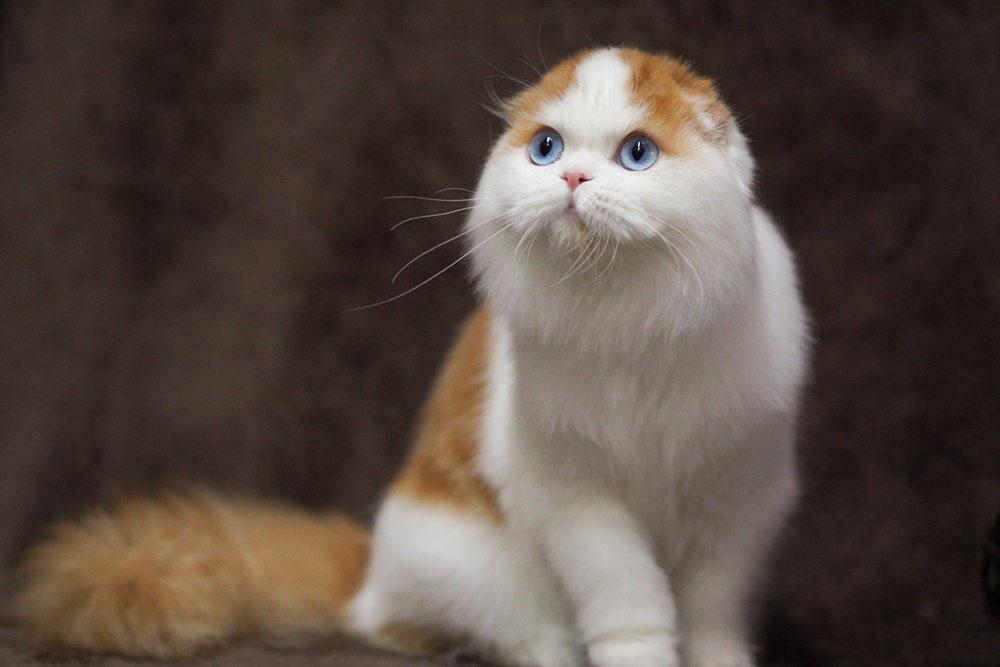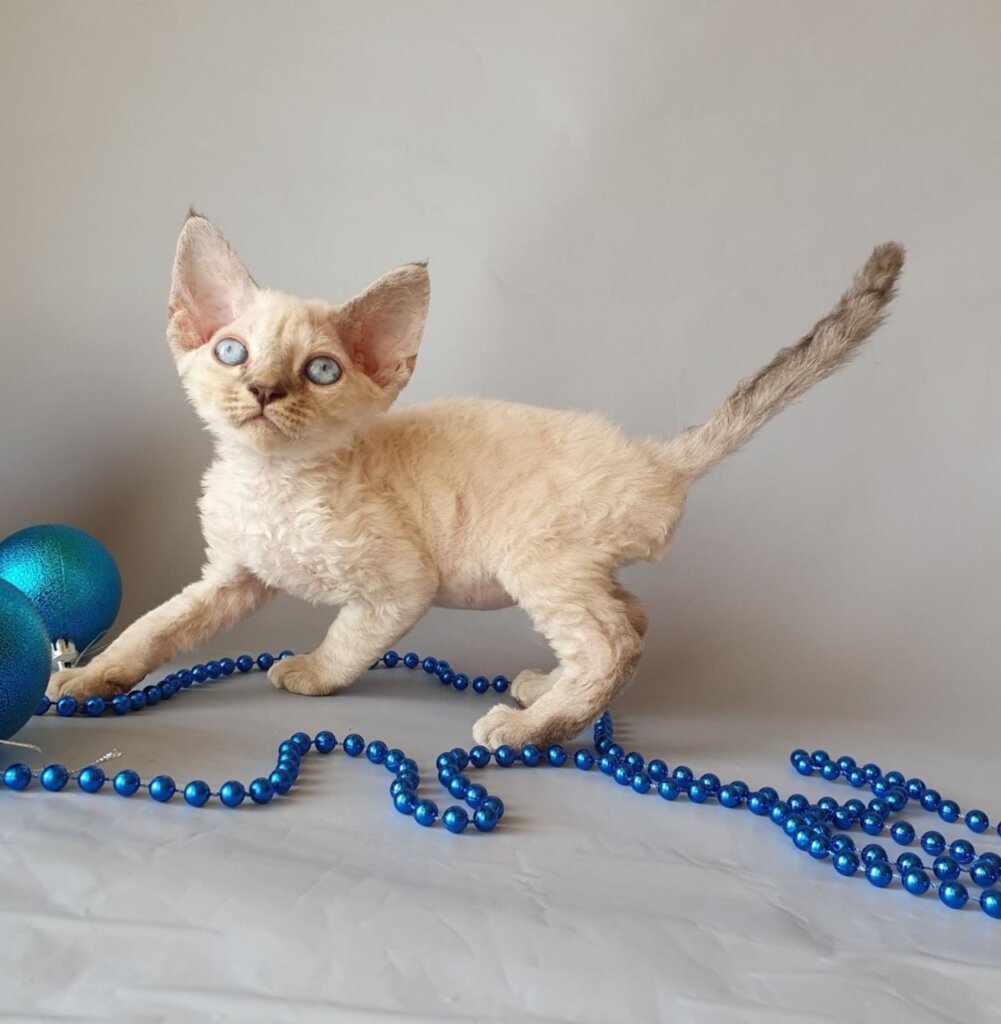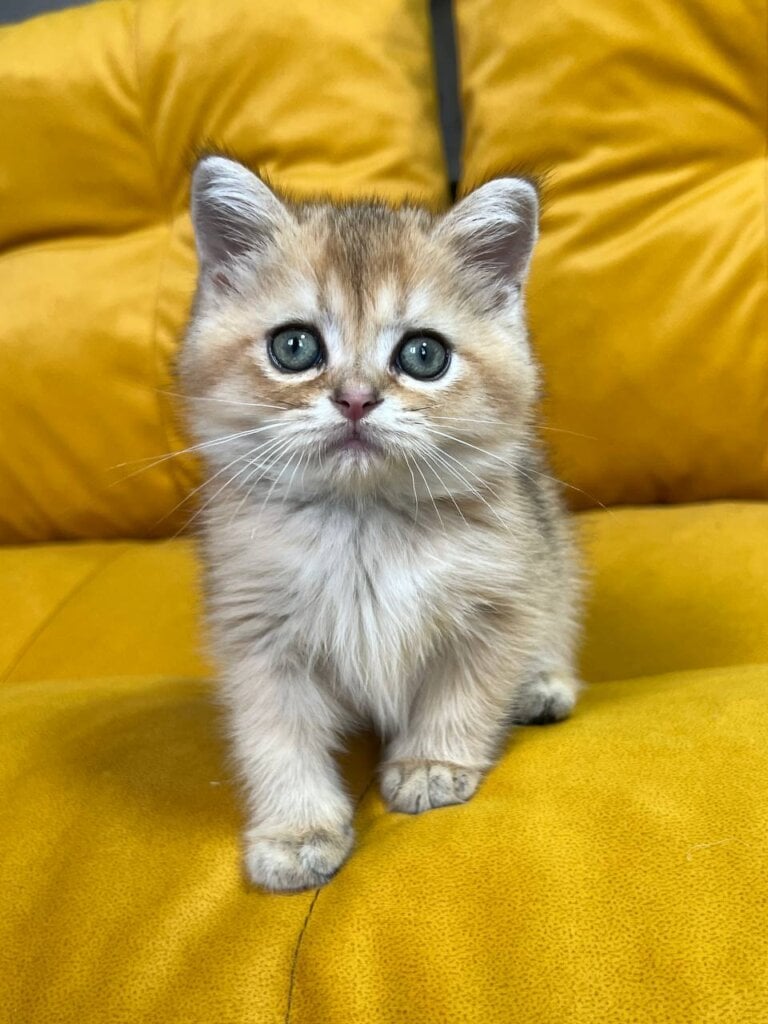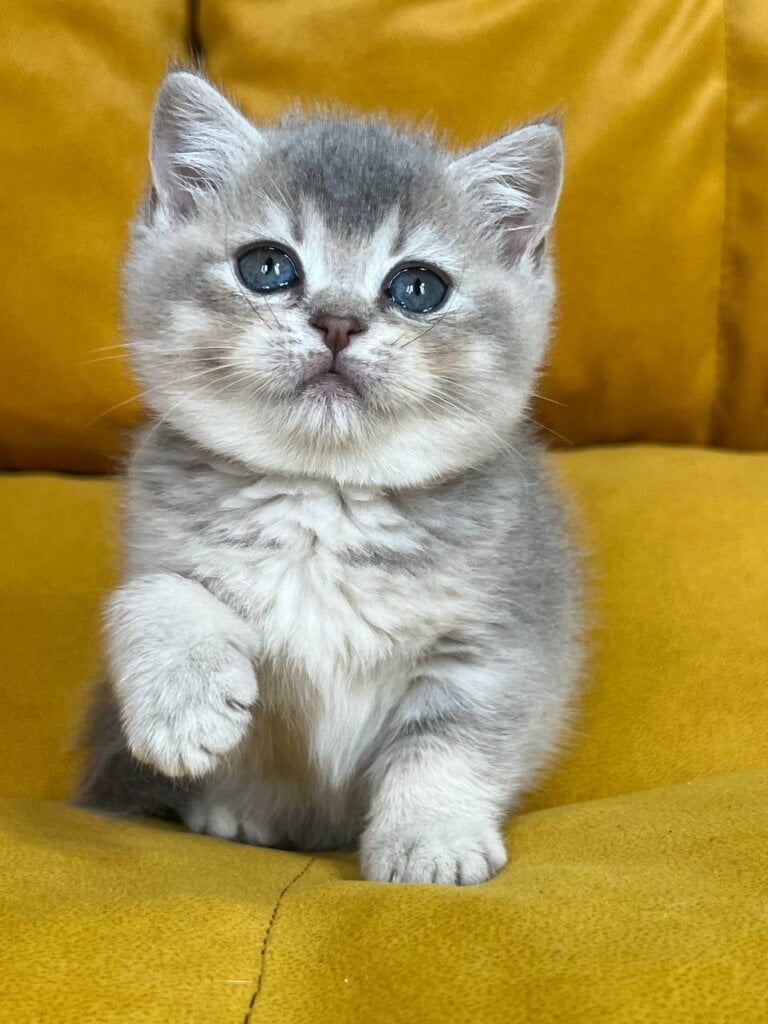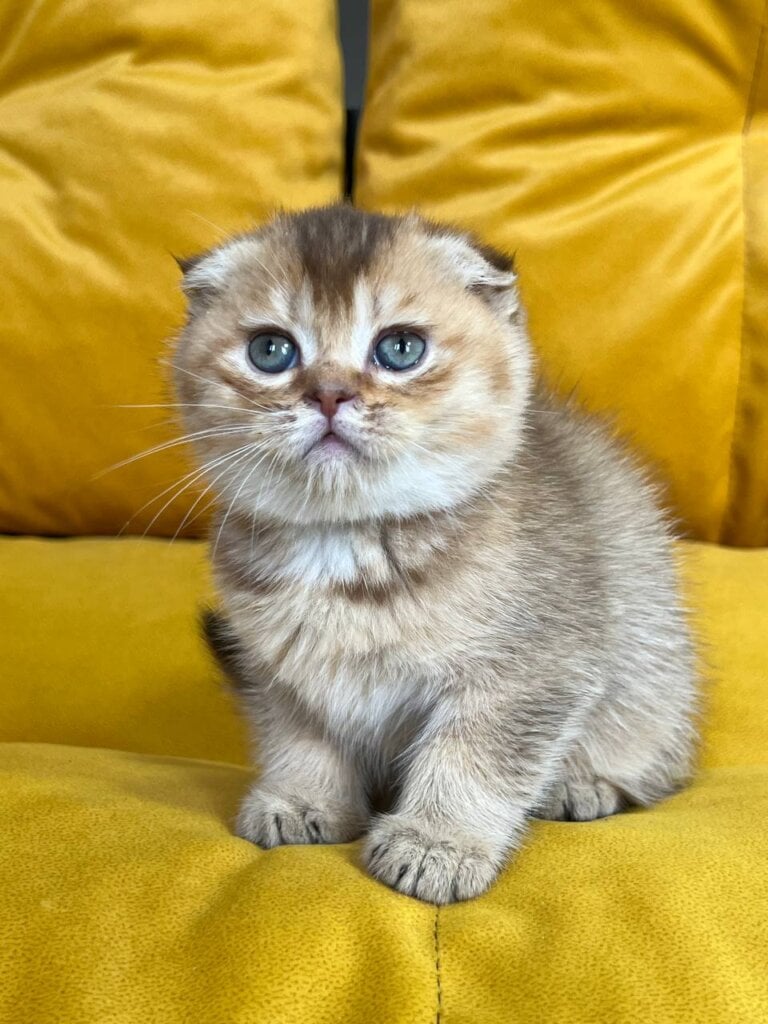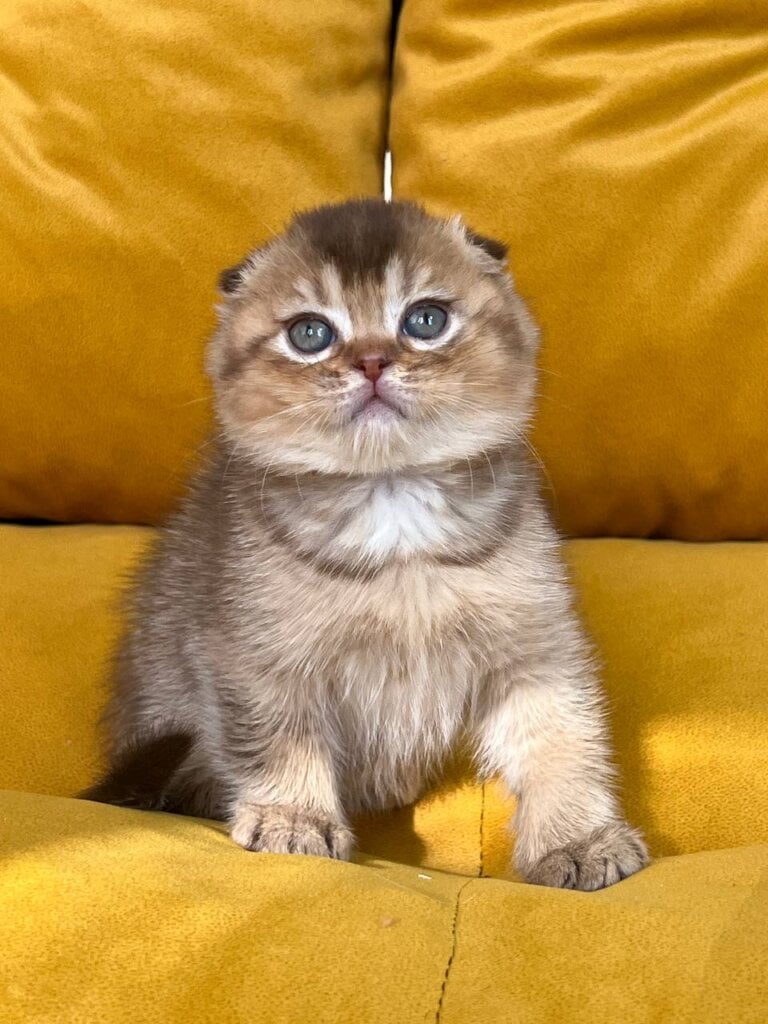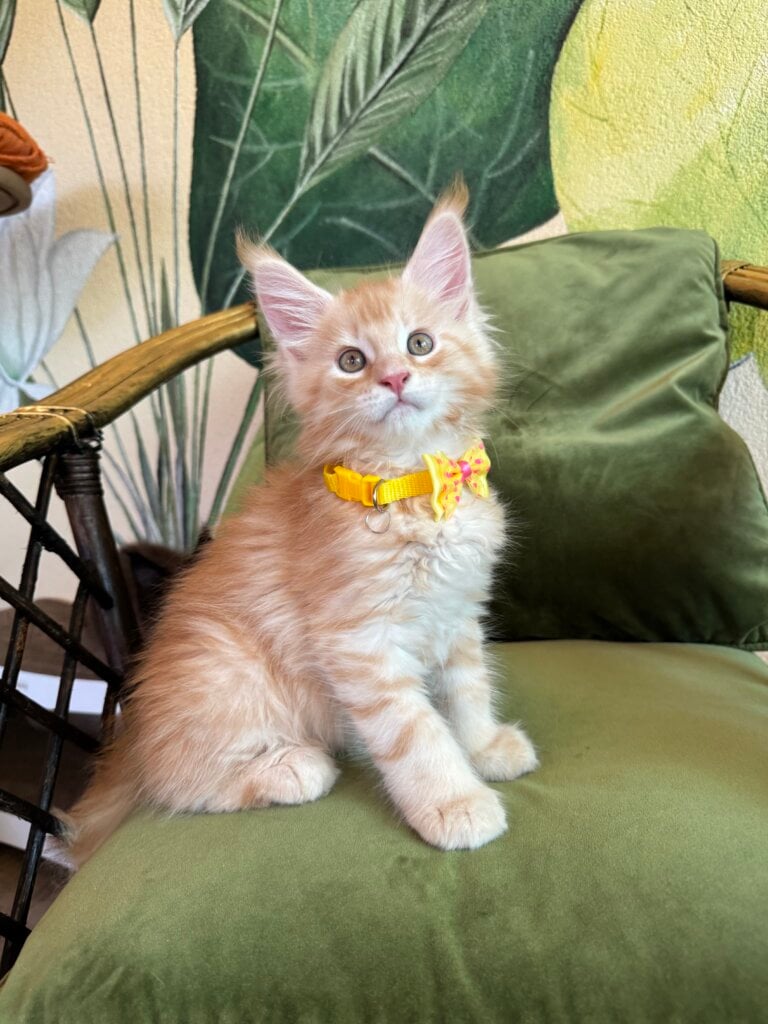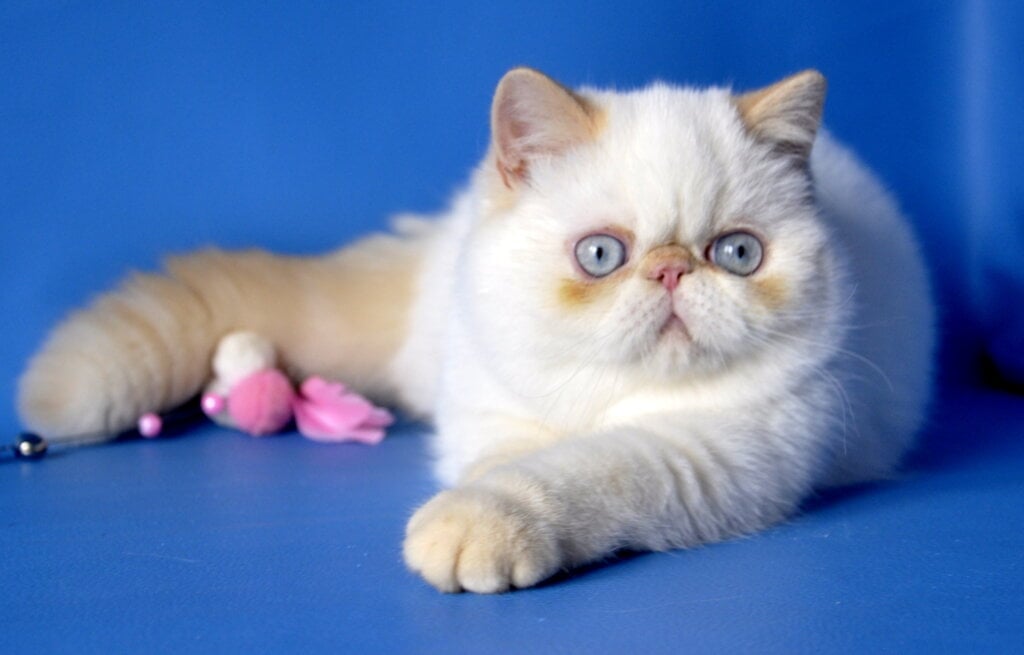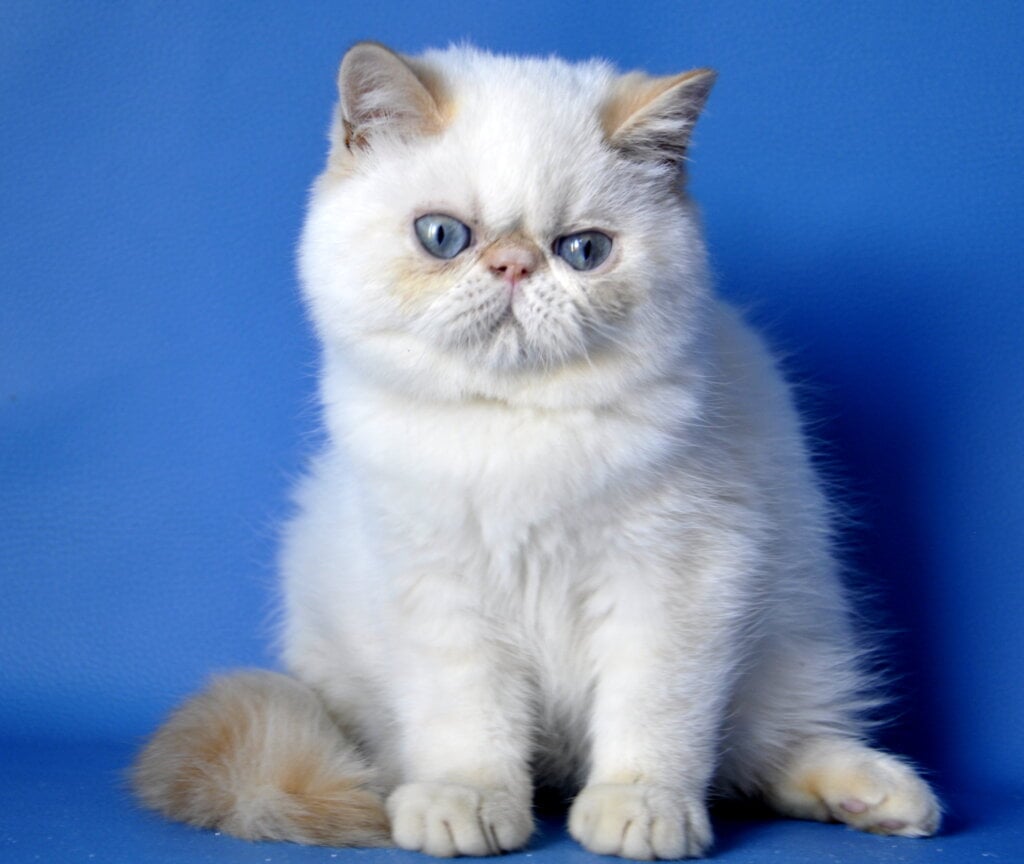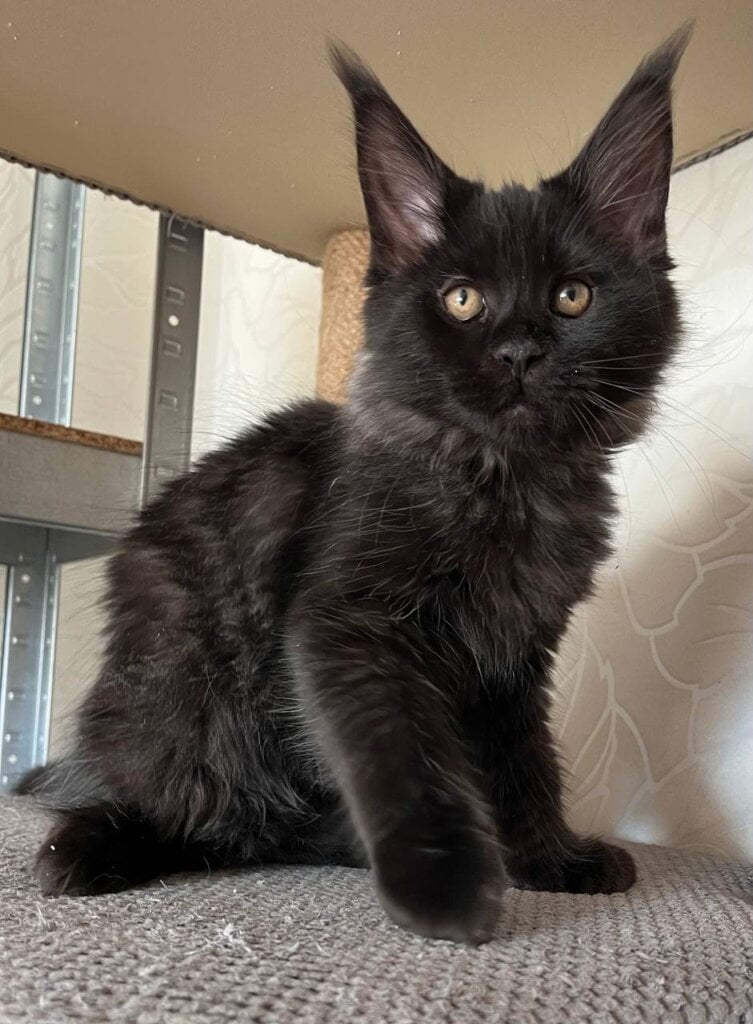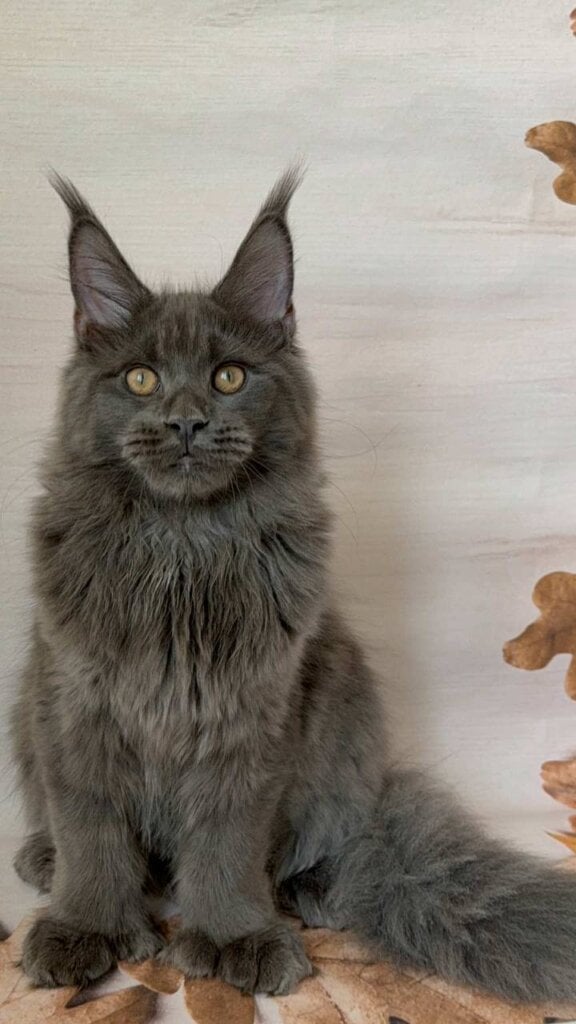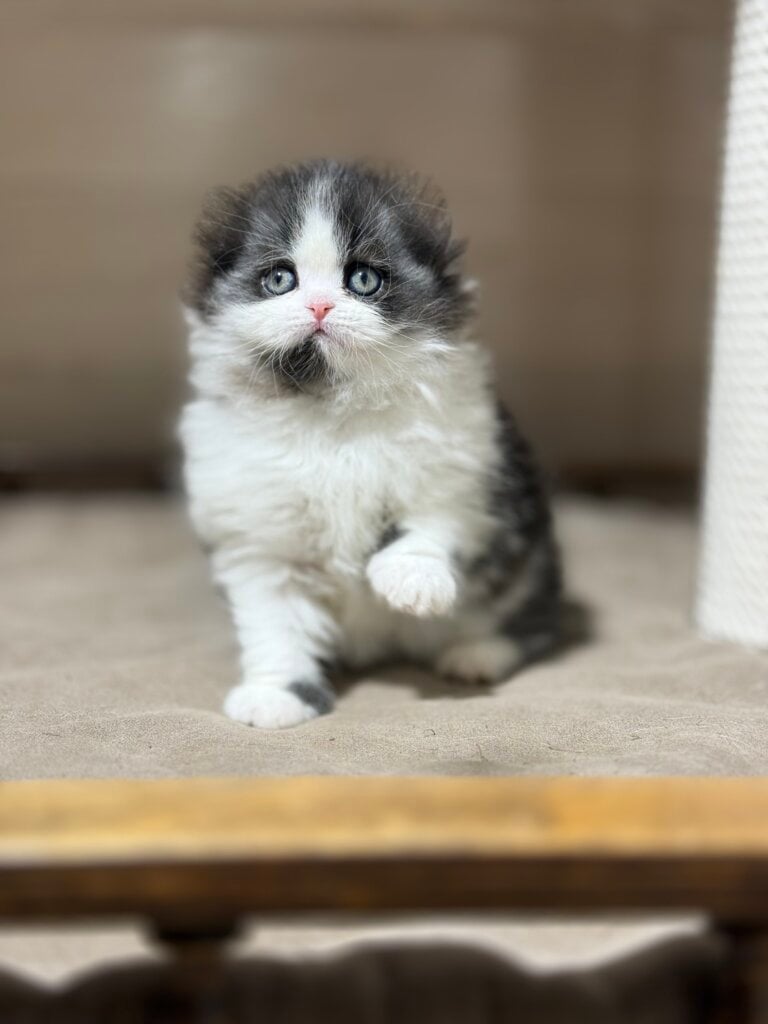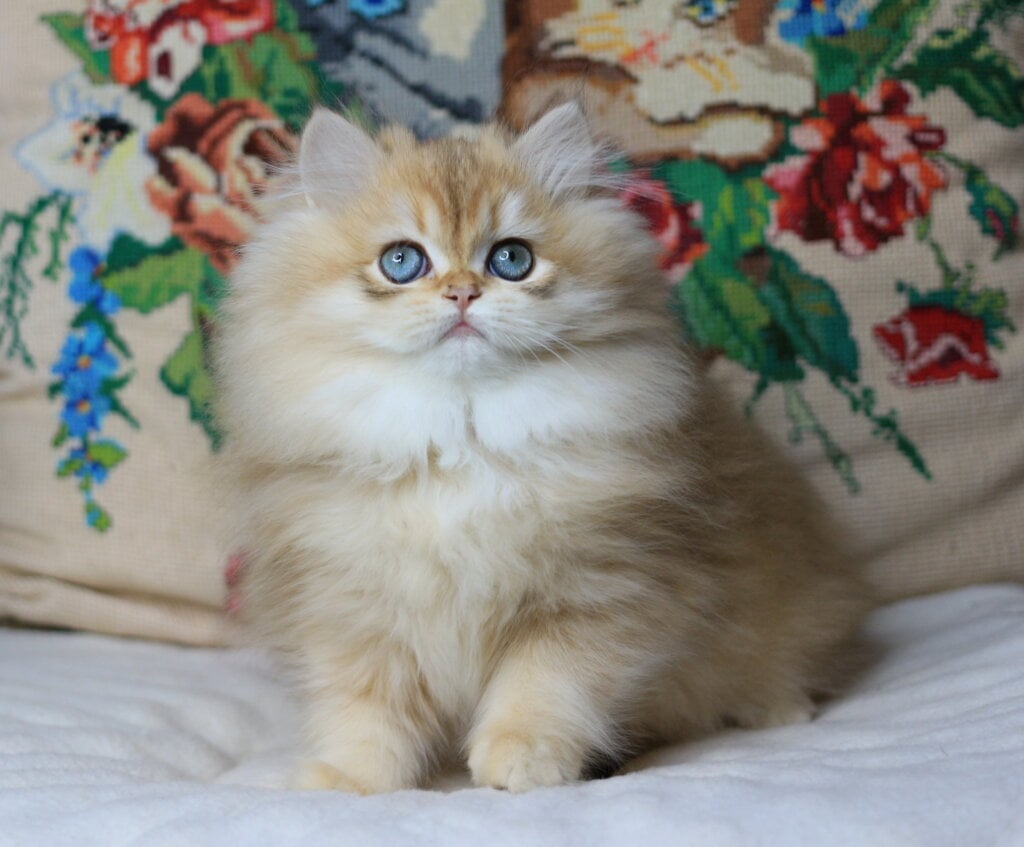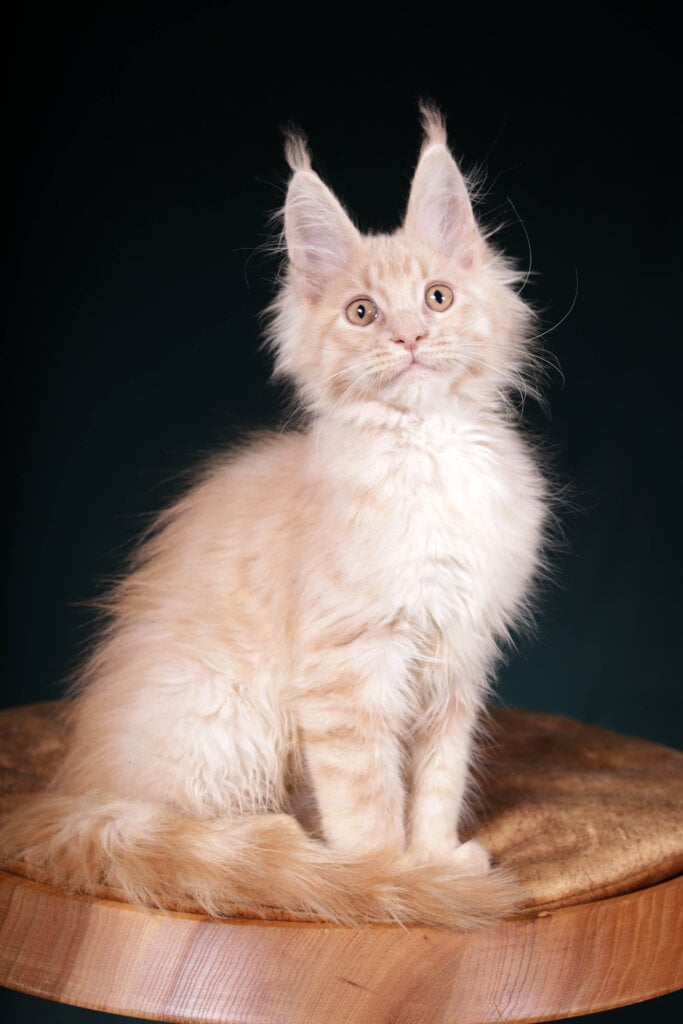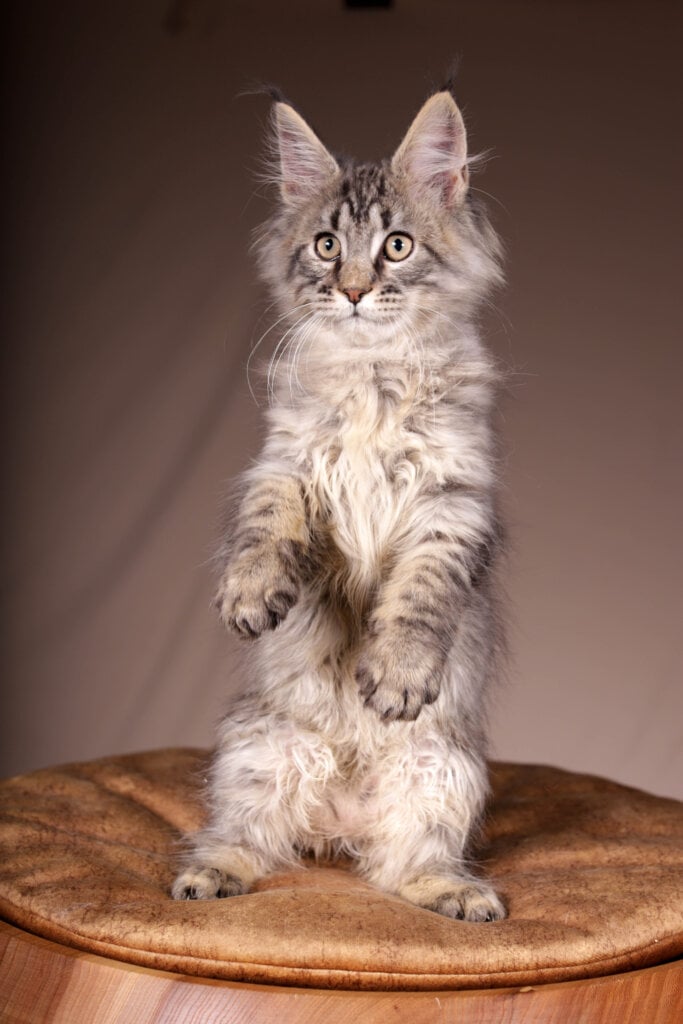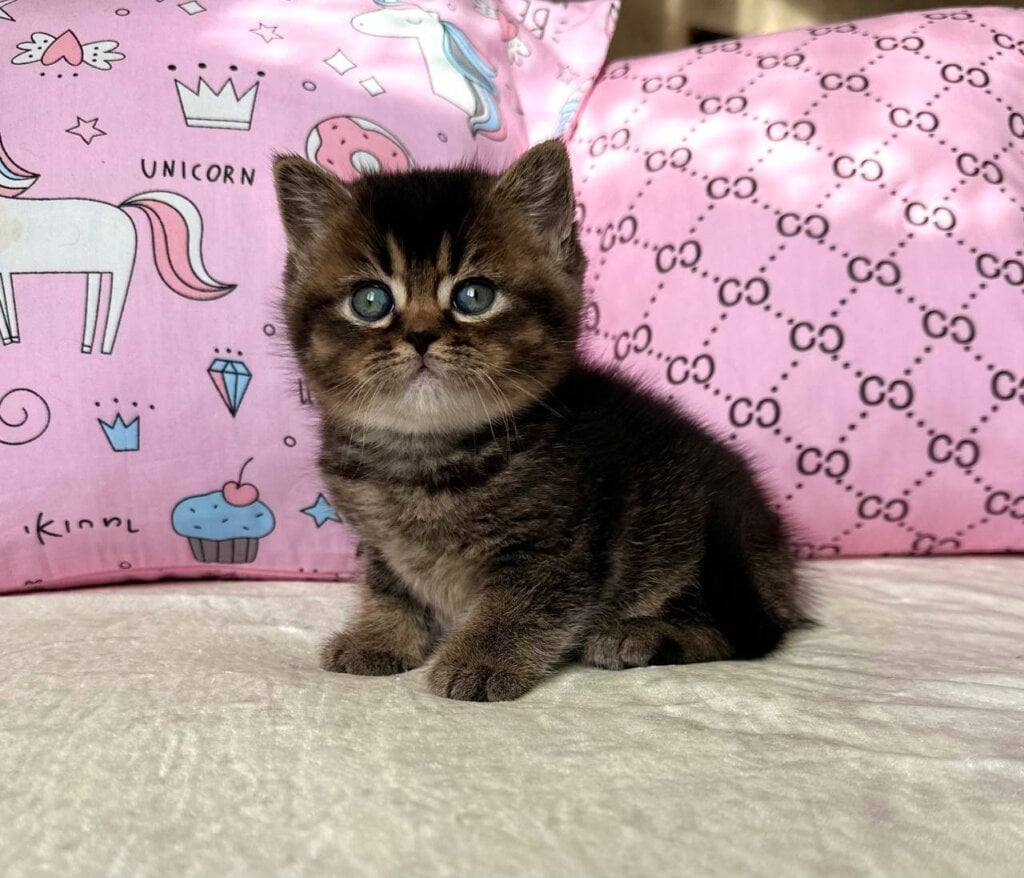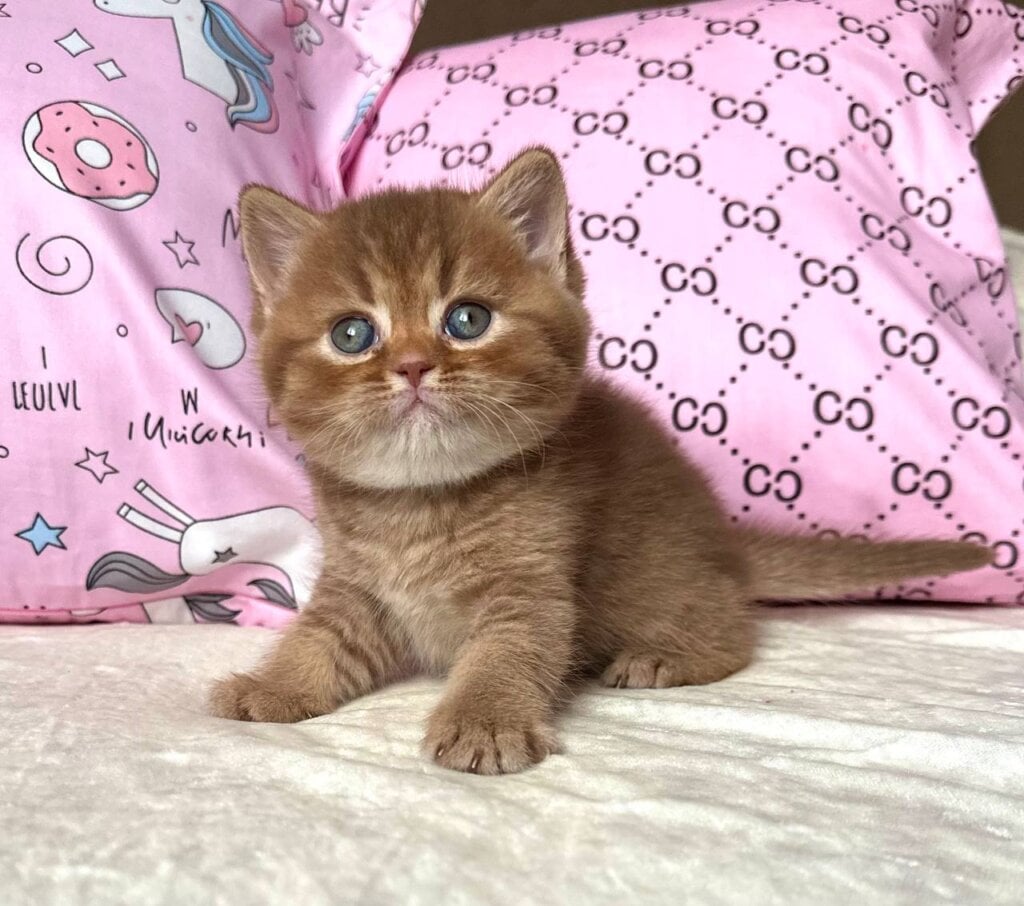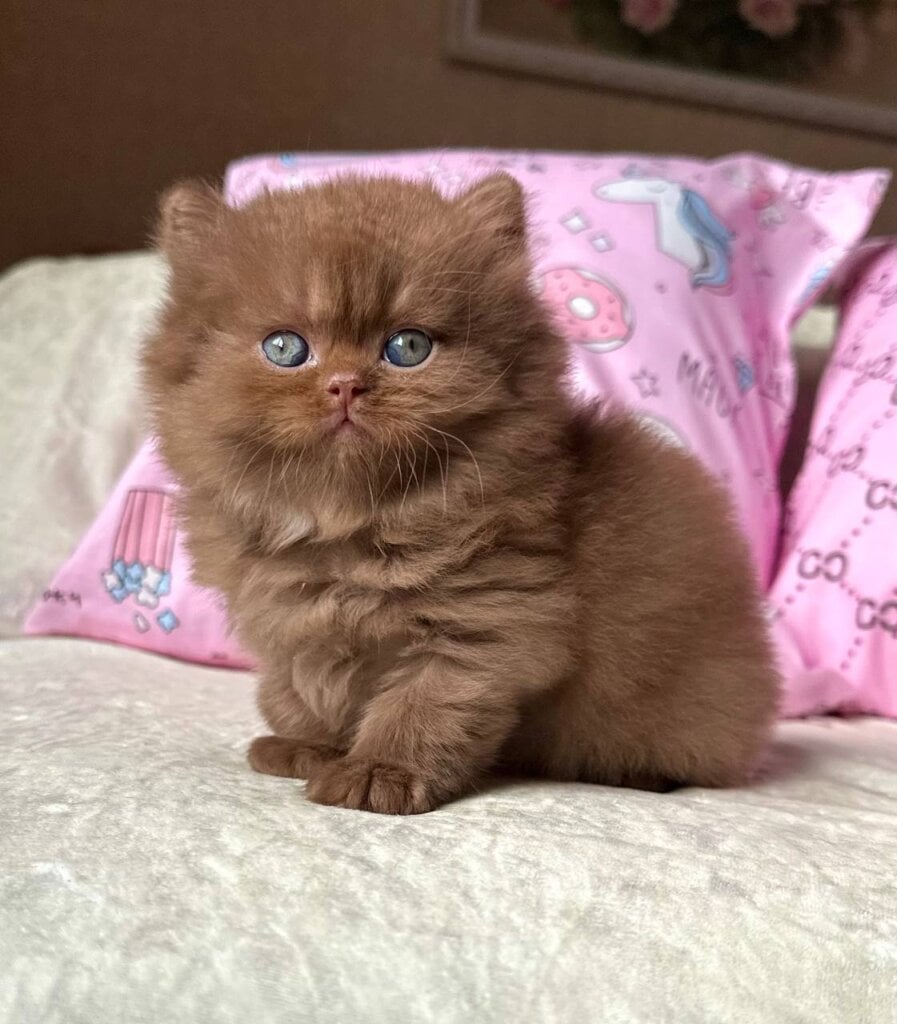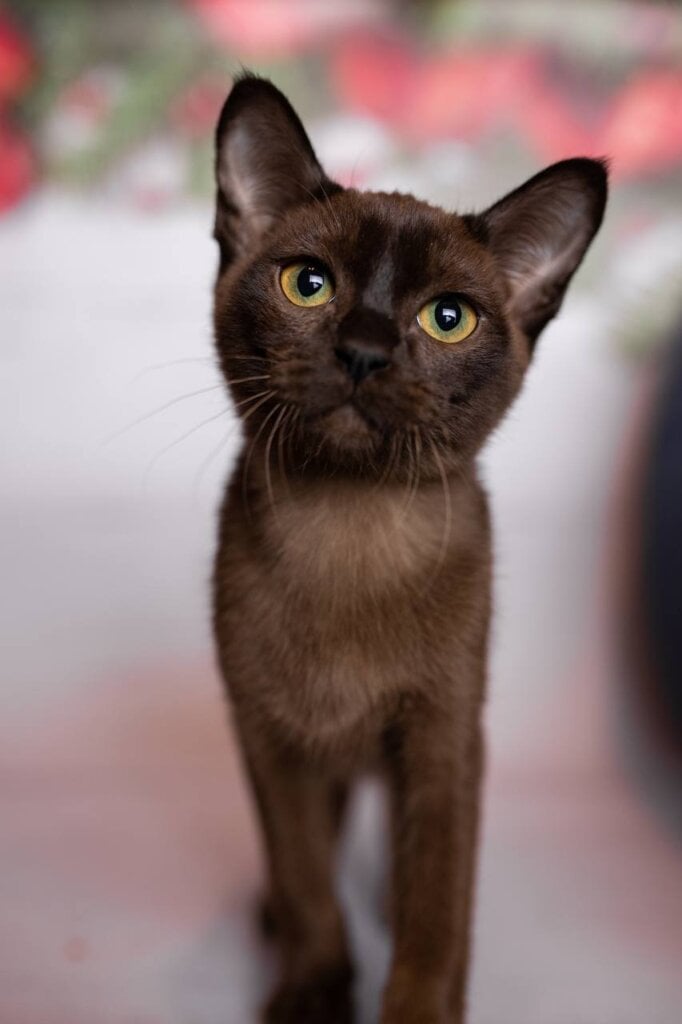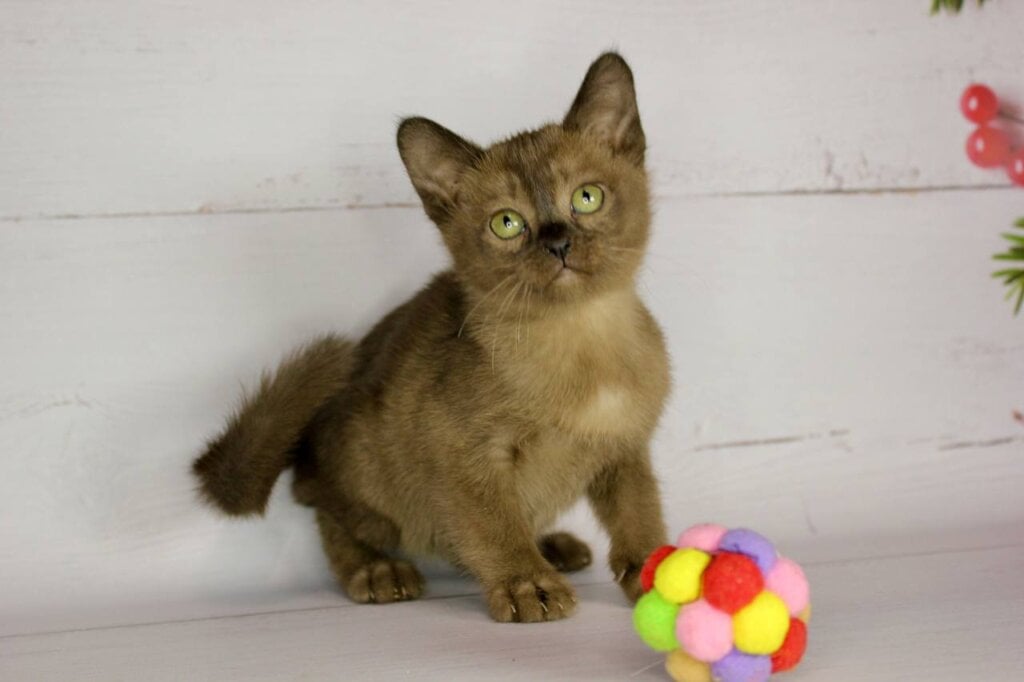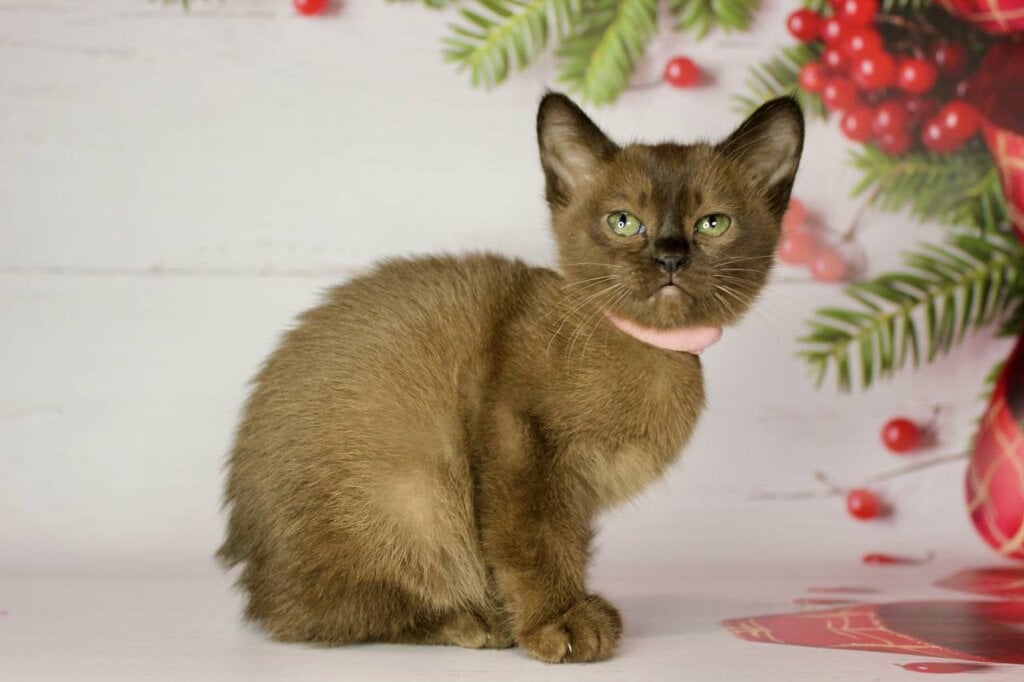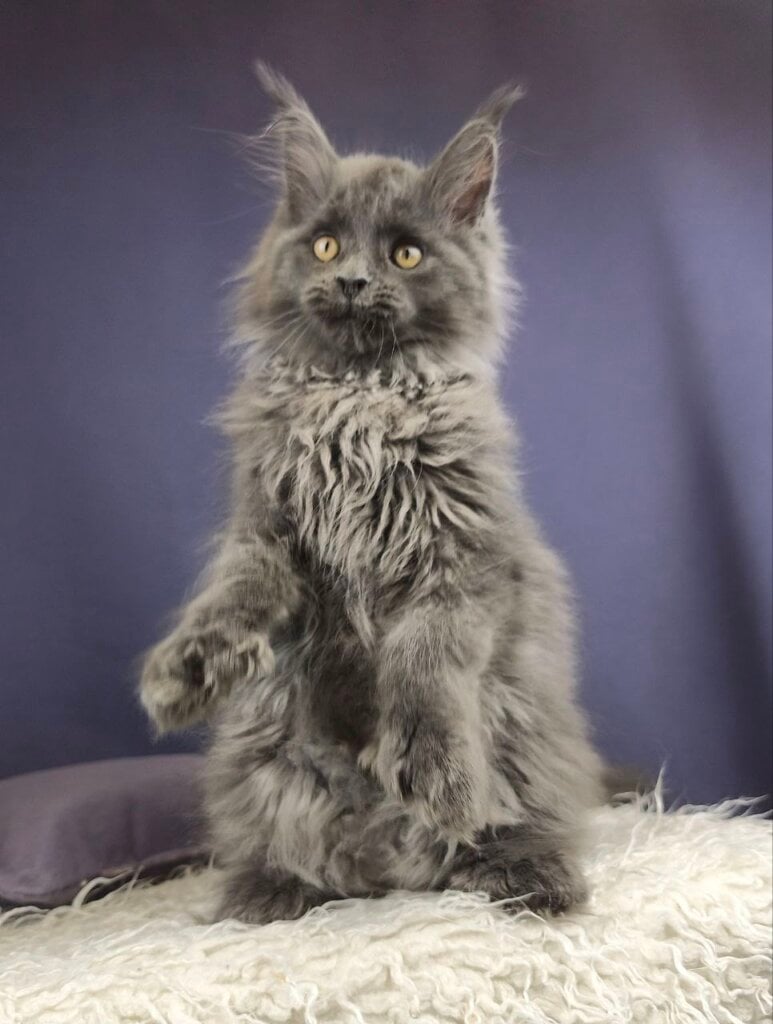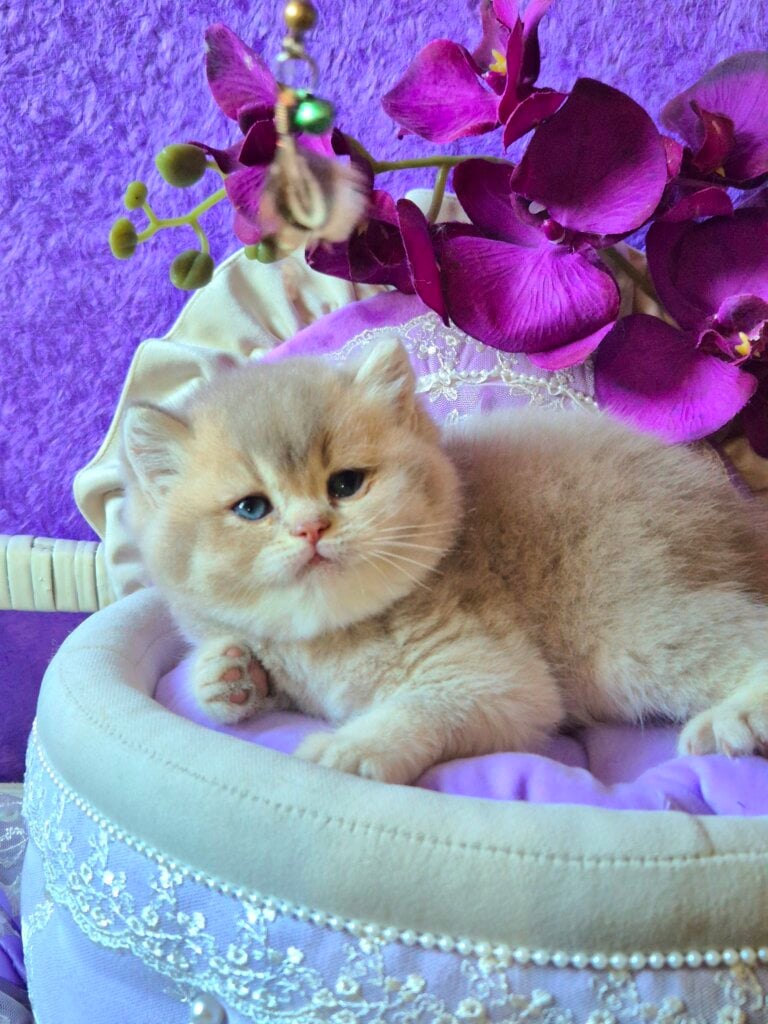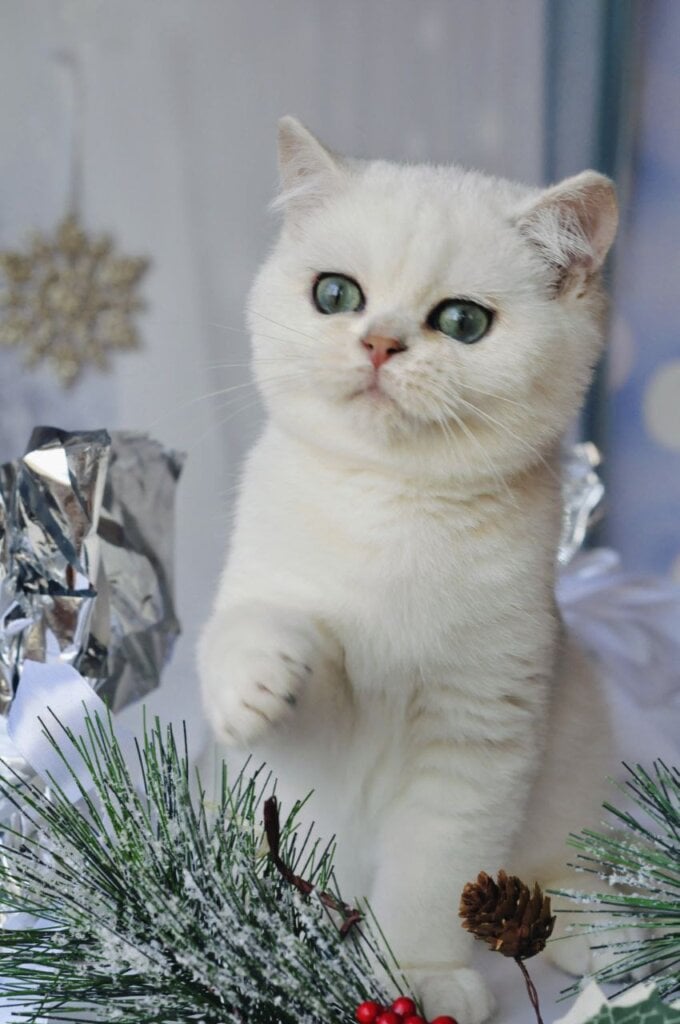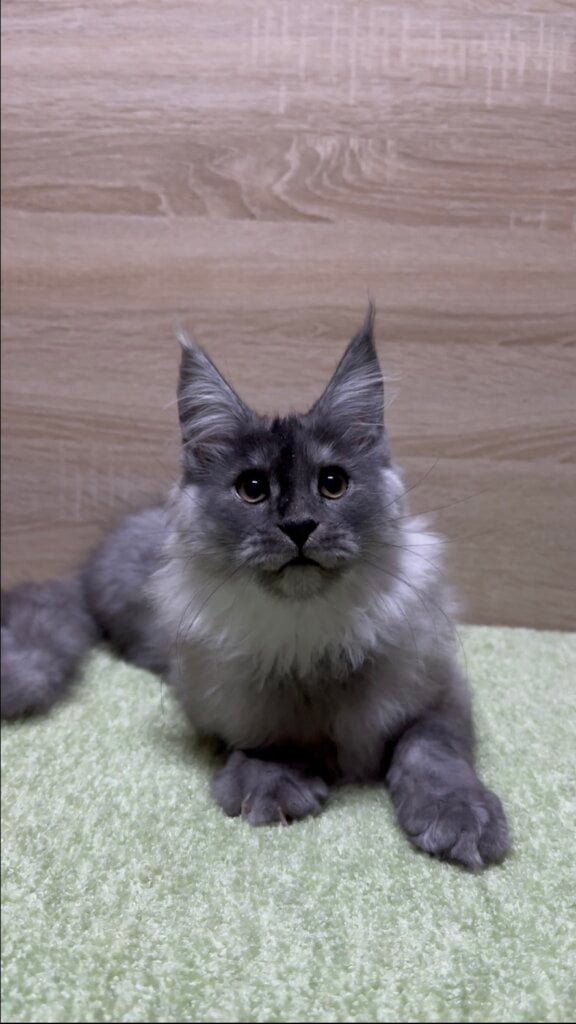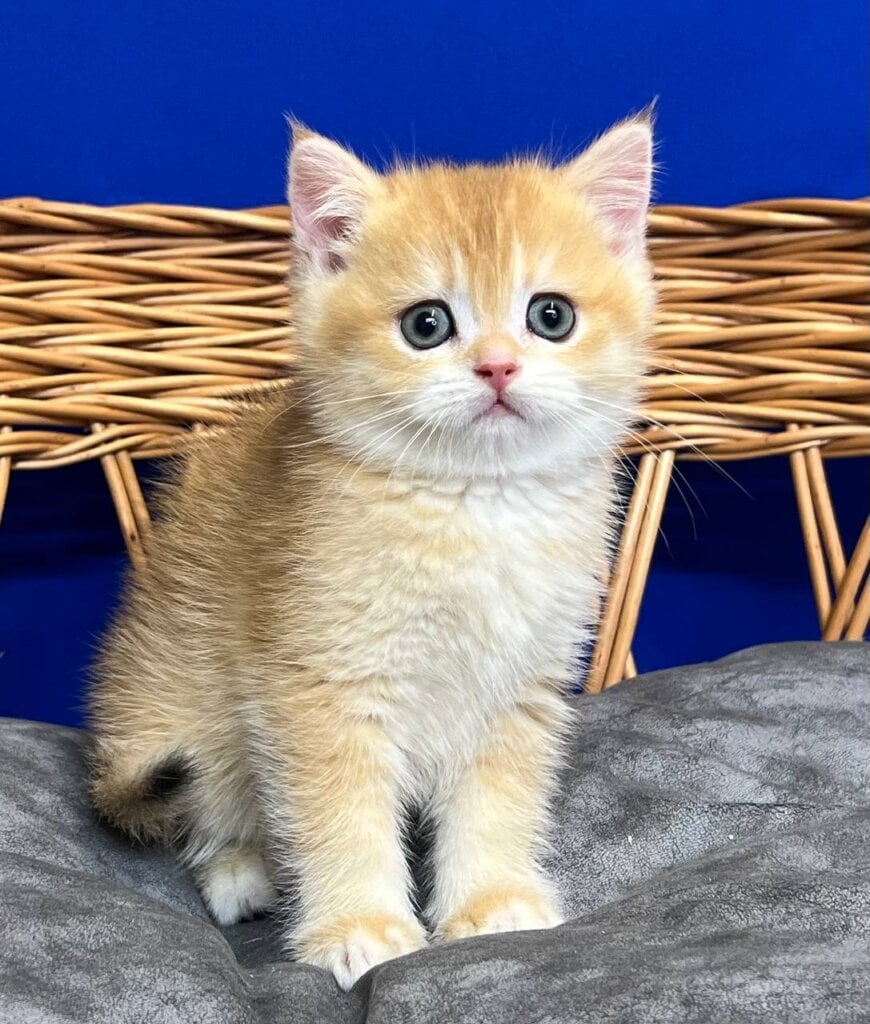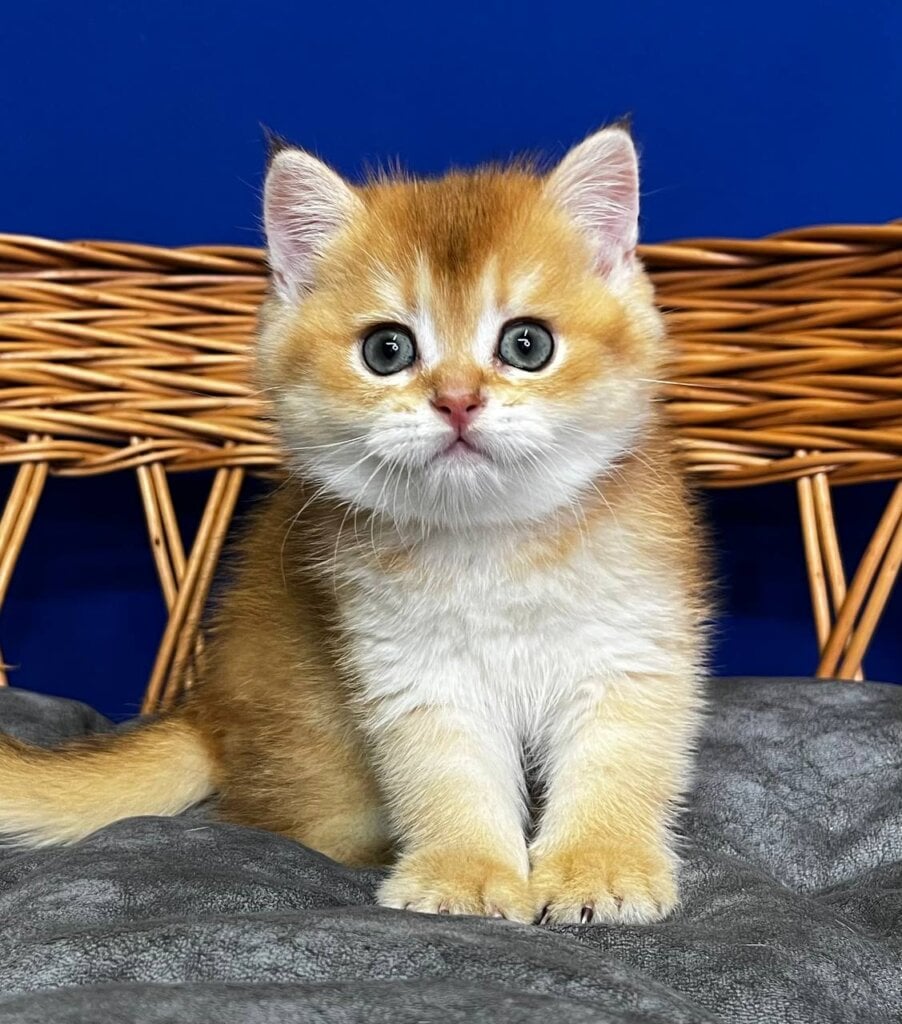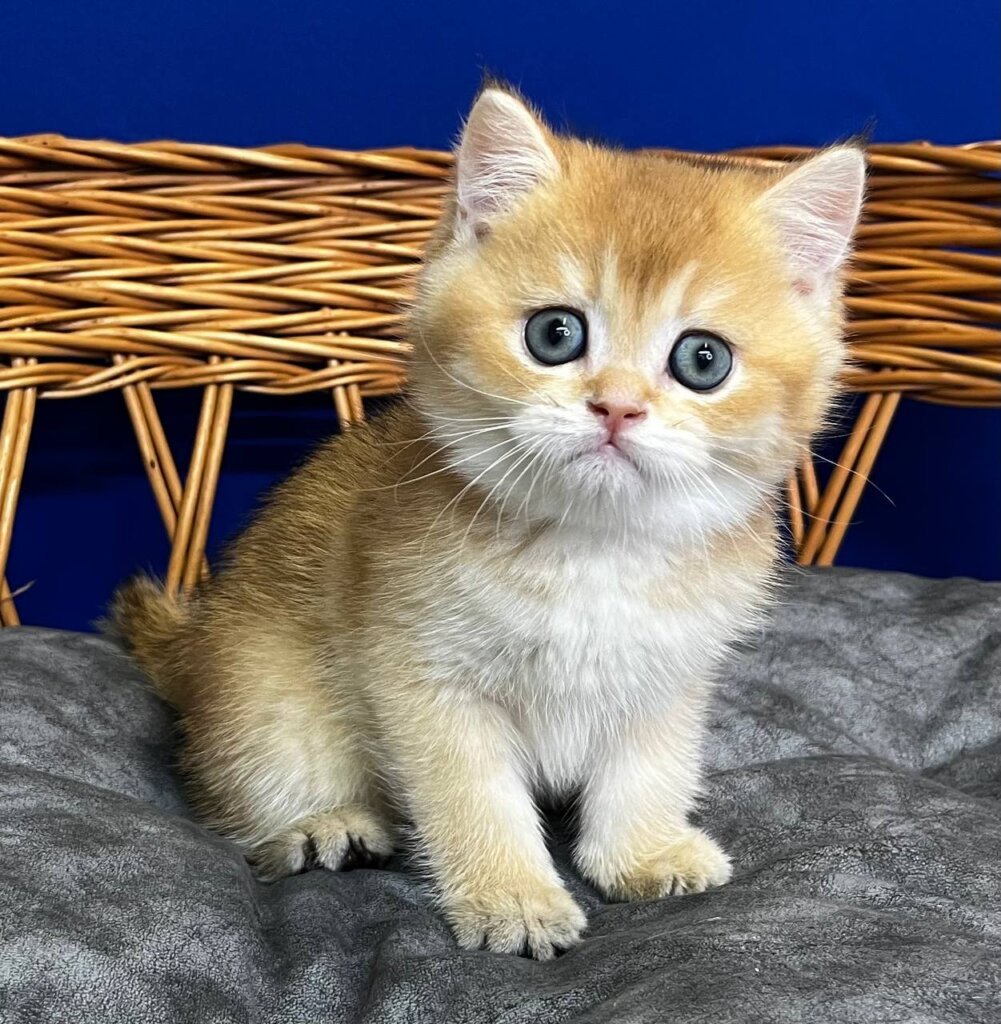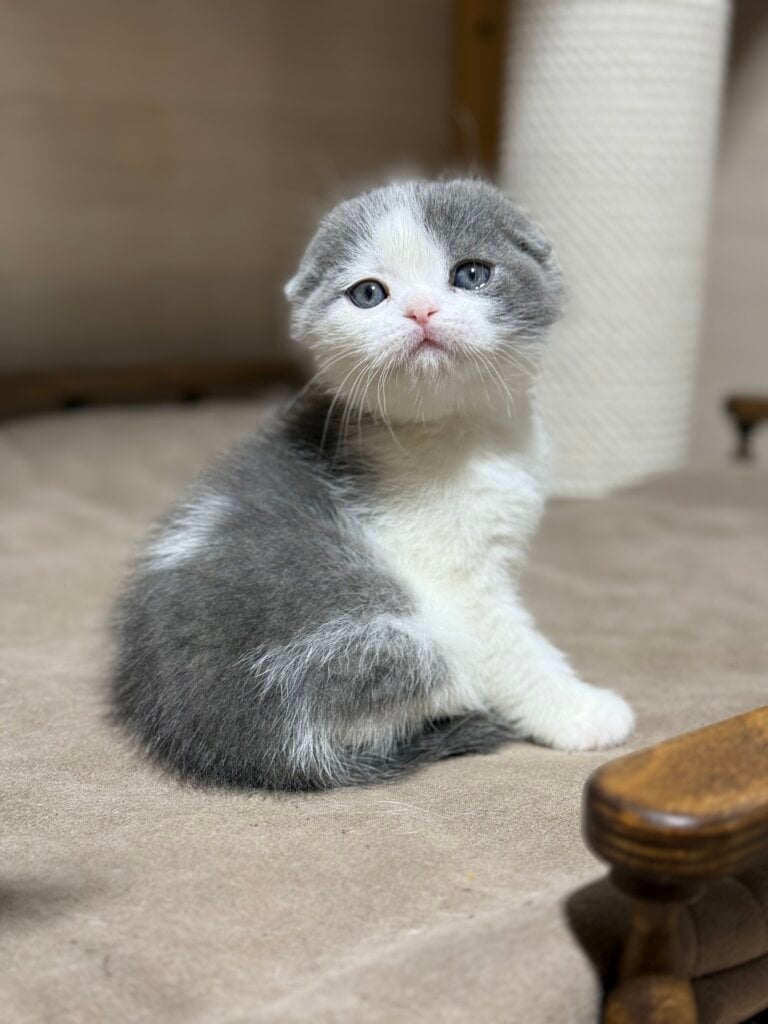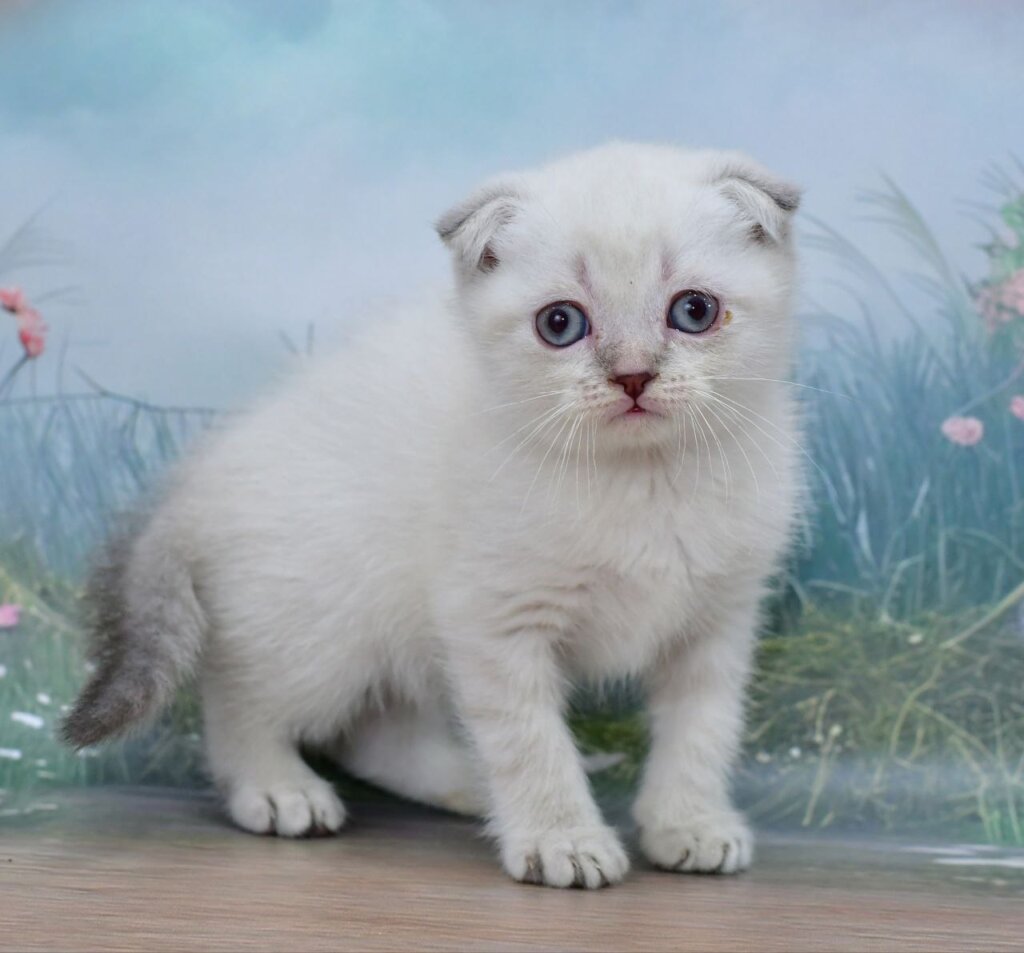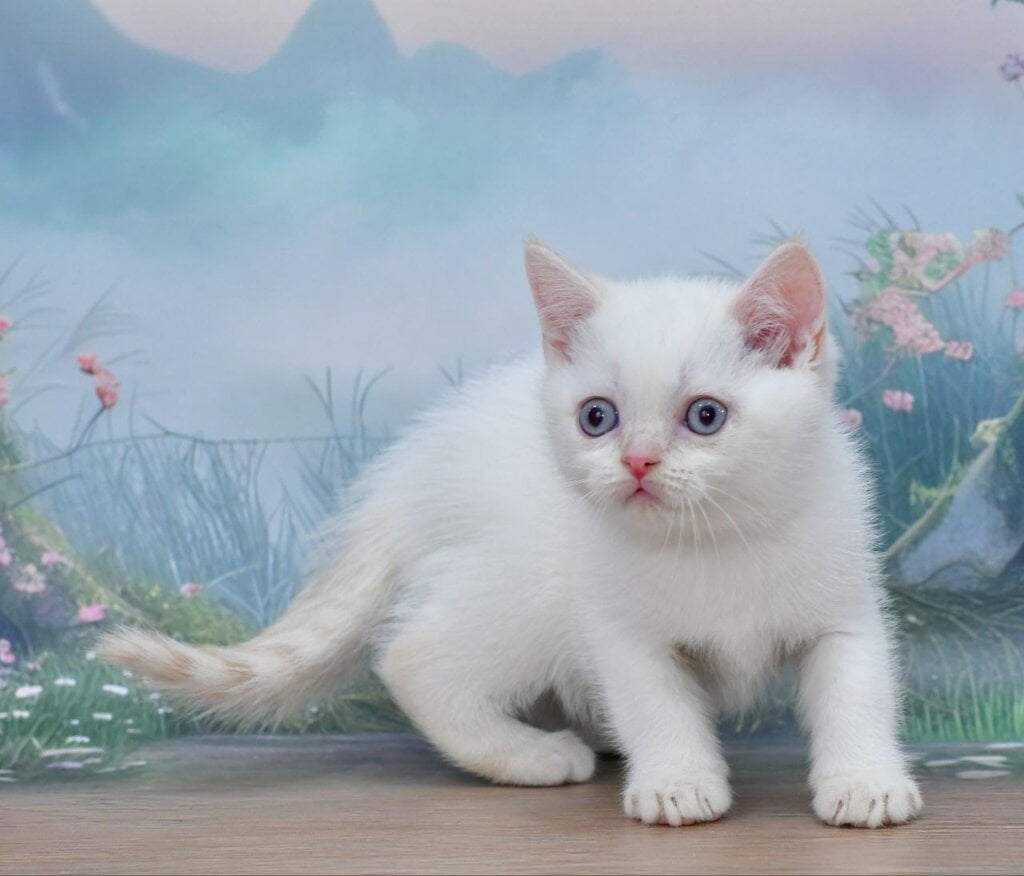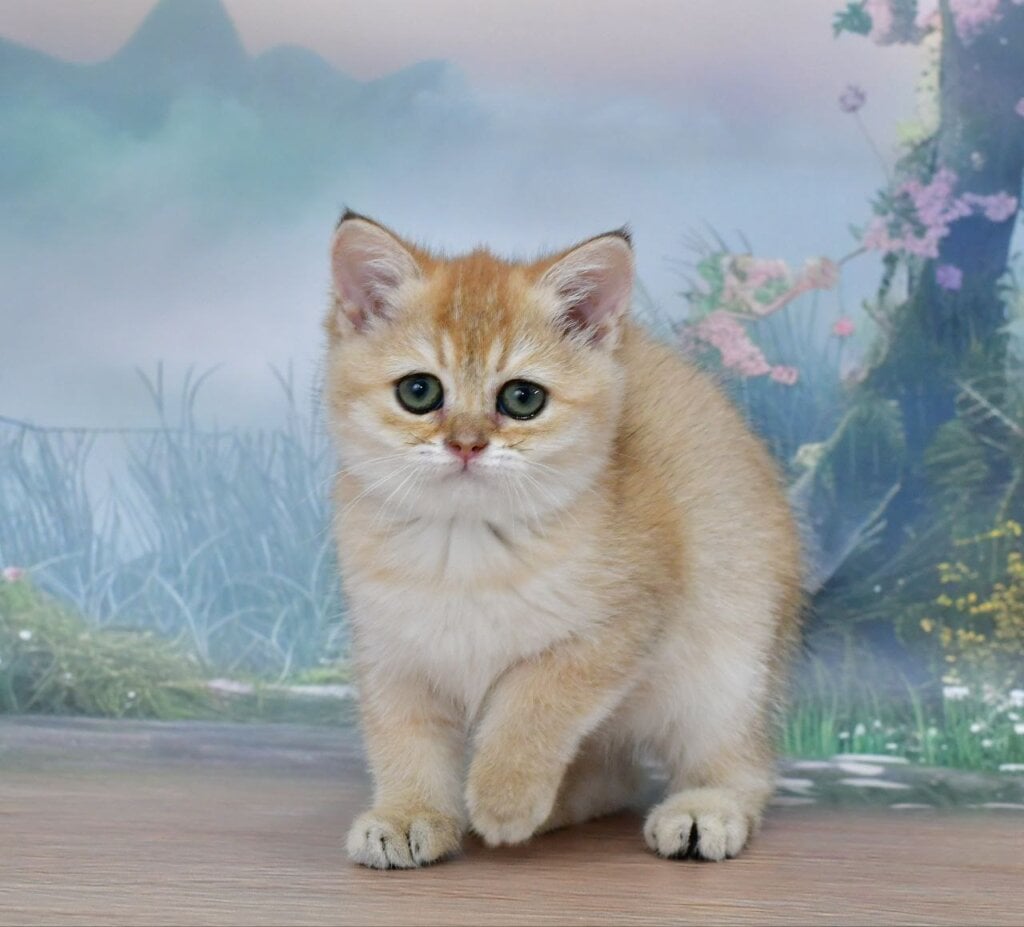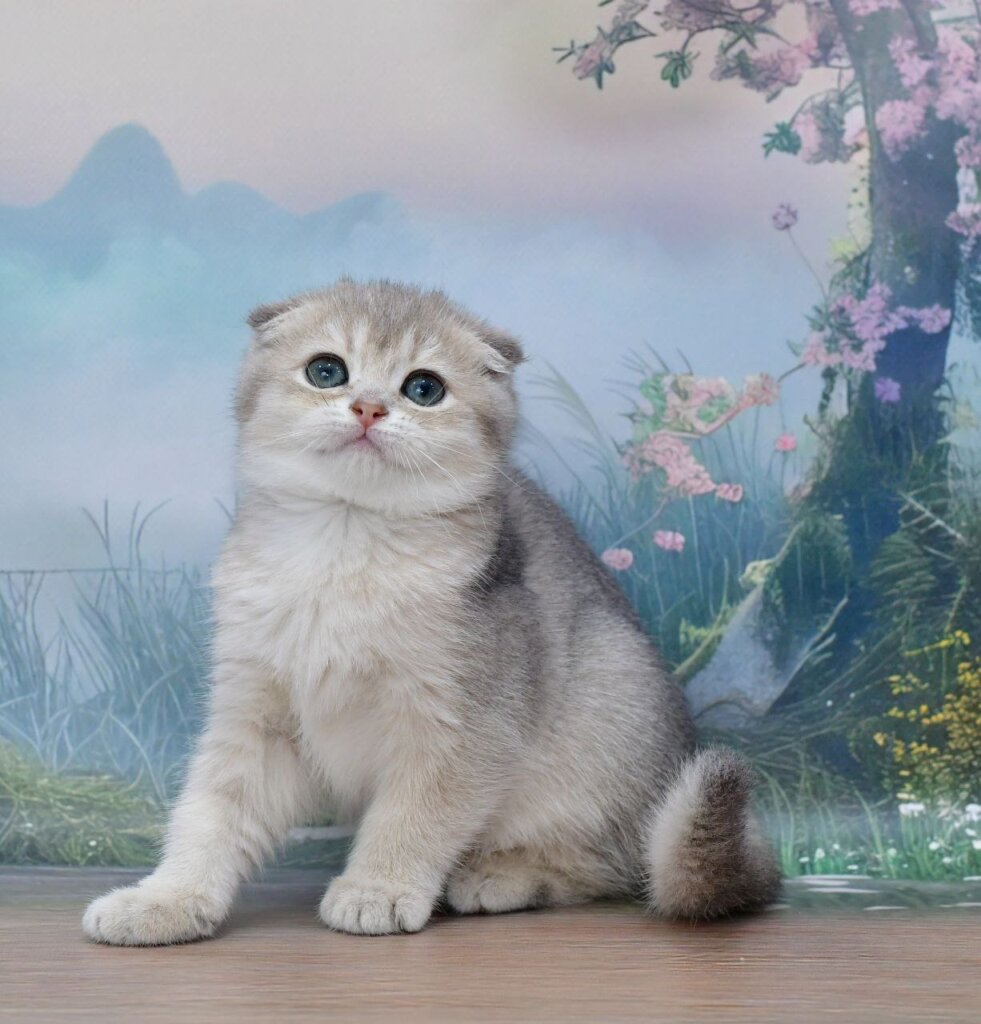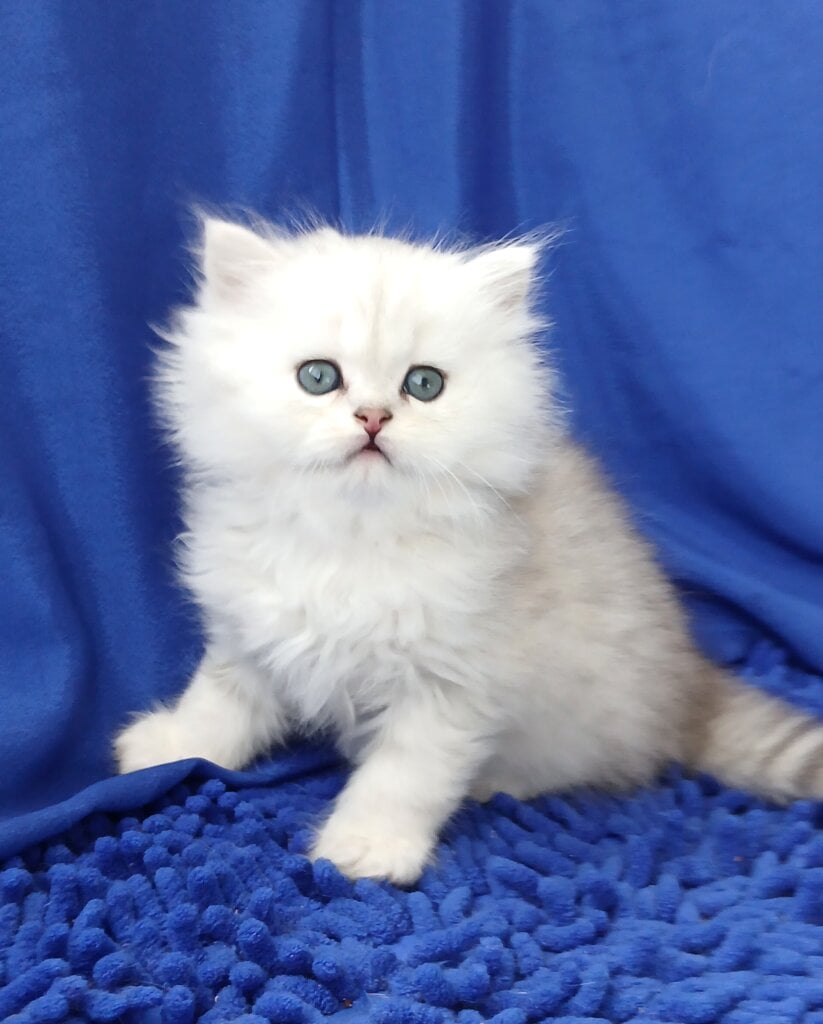Munchkin cats are so expensive due to possessing a rare gene, deliberate breeding, and demand. Reliable breeders do health screenings and employ safe breedings, which requires both time and expertise. These cats typically come from catteries with strict health policies and assistance, contributing to their worth. We all adore their little legs and playful spirits, so the prices remain elevated. The second will reveal what factors shape these costs and how to locate a reliable source.
The Real Cost of Cuteness
Munchkin cats are incredibly appealing because of their rare appearance and warmth, but their price tag tends to shock new owners. These prices represent more than just the cat, they represent the entire process, from conscientious breeding to daily maintenance and morality. Here’s a breakdown of what really shapes the price and value of a Munchkin cat:
| Factor | Price Range (USD) | Influence on Cost | Ethical Considerations |
|---|---|---|---|
| Purchase Price | $1,500–$3,000+ | Breed rarity, bloodlines, coat colors | Higher with reputable, tested breeders |
| Adoption Fee | $40–$300 | Covers basic care, microchipping | Often supports rescues, lower initial cost |
| Monthly Care | $70–$450+ | Food, litter, grooming, vet care | Responsible budgeting required |
| Food | $15–$40/month | Quality affects health and longevity | Opt for balanced nutrition |
| Vet Visits | $45–$55/checkup | Essential for health maintenance | Regular checks support welfare |
| Pet Insurance | $20–$100/month | Reduces surprise medical costs | Promotes proactive health care |
| Grooming Supplies | $20–$70 | Basic tools for coat and nail care | Maintains hygiene and comfort |
| Litter & Supplies | $0–$100+/month | Varies by preference and need | Clean environment benefits cat and owner |
1. Breeding Complexity
Ethical breeding of Munchkin cats is more hands-on than it seems. Breeders have to carefully choose parent cats, seeking things such as the breed’s signature short legs, but avoiding genetic issues. It requires patience and a strong knowledge of cat genetics.
Keeping a healthy gene pool is rough, as the short-legged gene can induce some health problems when not handled with care. Breeders tend to have fairly small gene pools which equates to more time and resources to create healthy kittens. This escalates costs, because ethical breeders aren’t going to hasten the process or be cheap. Reputable breeders conduct health screenings and provide an optimal setting for their felines which drives up the price, but the quality of each kitten.
2. Genetic Rarity
Munchkin cats are blessed with their look due to a rare genetic mutation. This mutation impacts limb length, which makes these cats immediately identifiable. Because the gene is so rare, that means less kittens and less supply to go around.
With a miniature gene pool, breeders have to really hustle to avoid inbreeding, which strikes at health and lifespan. This uniqueness is what makes Munchkins more sought after and thus more costly. Unique coat colors or patterns can drive prices still higher, particularly in the case of pedigree cats with champion lineage.
3. Ethical Practices
Ethical breeding prioritizes the cat’s health. Best practice breeders will health test parent cats, clean up after them and socialize the kittens. These steps are more expensive, but they go a long way toward making sure kittens become healthy, happy adults.
These cut corners can cause health or behavior problems, so good breeders charge more to cover their standards. If owners opt for an ethically bred Munchkin, they’re helping to improve welfare for all cats.
4. High Demand
Munchkin cats have skyrocketed in popularity because of their adorable appearance and larger-than-life characters. Social media has aided to accelerate their stardom. With high demand, particularly from families and enthusiasts, prices are elevated.
Even good breeders can’t always keep up with the spike, so the price remains elevated. Pet ownership trends imply that prices can soar rapidly for breeds that go viral.
5. Health Screening
Health checks are a must for Munchkin cats. Many responsible breeders test for genetic disorders, which adds to the cost of kittens. These tests preserve the breed’s reputation and keep cats healthy for years ahead.
Screening shows in the final price, but it’s a vital step for anyone searching for a mate who’ll flourish.
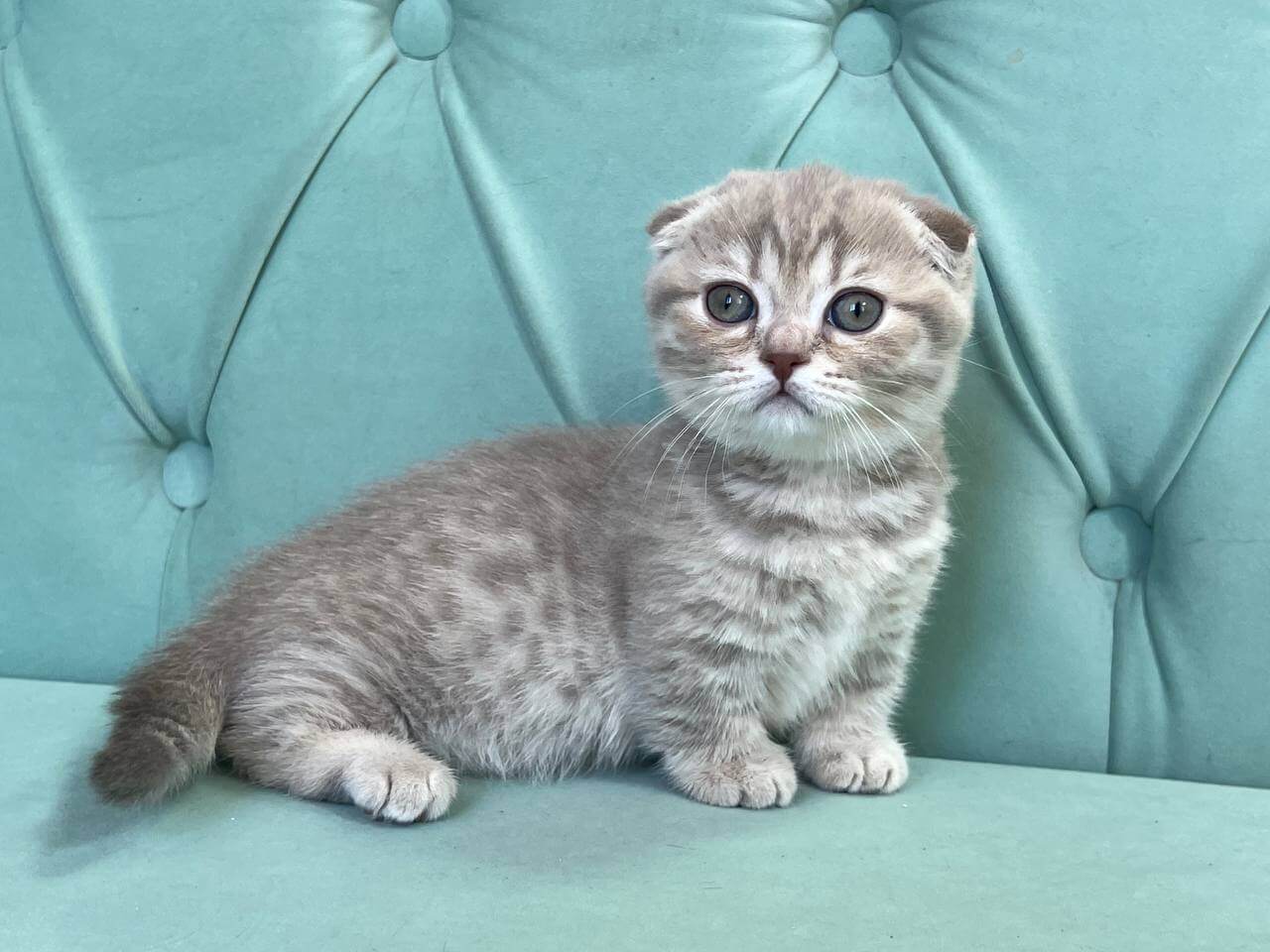
Your Initial Investment
Bringing home a Munchkin cat requires careful financial planning. The expenses begin with that upfront buy-in/adoption expense, but they include necessary setup requirements and vet appointments. Knowing these costs up front allows new owners to not get blindsided and sets the stage for an easy transition with their new companion.
Purchase Price
Munchkin cats from quality breeders typically run around $1,000 to $2,000 depending on coat color, lineage, and breeder. Rare colors or show-quality pedigrees can drive them even higher. Certain breeders can command over $1,500 for their top-of-the-line kittens, while some will provide companion-quality pets at the lower end of the scale.
Adopting from a shelter or rescue is often a lot less expensive. Fees can be as little as $50 – $300 which makes this path appealing to those seeking a Munchkin at a lower initial investment. Sometimes, rehoming offers you can adopt at no cost, but this is rarer and still involves thorough screening.
Buyers ought to look beyond sticker shock. Responsible breeders spend money on health testing and caring for their kittens, which affects price. Pedigree, health guarantees and breeder openness count. Researching breeders comprehensively is the secret to getting a healthy, well-adjusted Kitty!
Setup Essentials
- Litter box and scoop
- Quality cat bed
- Food and water bowls
- Scratching post
- Toys and enrichment items
- Safe carrier
- Food (kitten formula if needed)
- Litter (clumping, unscented)
It can run a couple hundred dollars to 500+ to get your Munchkin settled with a cozy little home. Quality beds and solid scratching posts might cost you more initially, but these investments help your cat feel good and keep you from having to replace them.
Opting for long-lasting, safe and easy to clean stuff keeps you out of hassle down the road. Investing in good supplies means your Munchkin feels at home immediately. It just expedites the process and makes sure that you don’t forget anything.
First Vet Visit
- Schedule a vet appointment within the first week
- Bring vaccination and medical records
- Discuss recommended vaccines, deworming, and microchipping
- Ask about preventive care, nutrition, and parasite control
- Plan for follow-up visits and booster shots
Initial vet bills are typically between $100-$300, location and services required depending. This appointment encompasses physical exams, necessary vaccinations and health advice. For others, additional tests or treatment may contribute to the tab, particularly if the kitten is of an unknown origin.
Early and consistent vet visits assist in identifying health problems early and establish the foundation for lifelong wellness. Getting diet, insurance, and preventive care questions nailed down may end up saving you money and worry down the road.
Planning for the Future
It’s smart to budget for pet insurance, with plans running $20–$40 per month. Feeding, litter and future vet care will dictate your continued investment.
The Ongoing Financial Commitment
Having a Munchkin cat is more than the initial expense-it’s a long term, monthly expense. Families and people need to account for food, care, vet visits and the occasional surprise expense. Monthly expenses can run between $61 and $381, with the majority of owners coming in at about $100-$150 per month on routine cat care supplies.
Diet
- High-quality dry cat food: $15–$40 per month, with wet food or raw diets costing more.
- Premium brands might appear cost-prohibitive but they’re better for nutrition and health related costs in the long run.
- Bulk buying will reduce costs if you have the storage space and the rock solid formula that your cat adores.
- Special sensitive stomach or prescription formulas can double or triple monthly food costs.
Feeding your Munchkin a balanced diet is the secret to keeping them healthy, playful, and energized. A bad diet will cause health problems, additional vet bills and ultimately a reduced life span. Experiment, vary your proteins and consult your vet to find what best suits your cat.
Grooming
Grooming requirements are based on coat type. Short-haired Munchkins require brushing once a week, however long-haired variants may require it every other day. Grooming supplies (brushes, nail clippers, shampoos) are $10–$30 per month if you do it yourself. Groomers can tack on $50–$100 a pop, particularly if you’ve got a long-haired kitty or a frequent matt’er.
Regular grooming maintains your cat’s shiny coat, minimizes shedding and spares them from painful tangles. It allows you to detect health issues early, such as skin problems or parasites. Teaching simple grooming at home will save you money and strengthen your bond with your cat.
Insurance
- Pet insurance monthly premiums: $20–$30 for a healthy 5-year-old Munchkin.
- Covers accidents, illnesses, and sometimes preventive care.
- Aids in covering unanticipated expenses from surgeries, extended treatments, or chronic ailments.
- Shop plans to fit your needs and your cat’s health risks.
Insurance may seem like just another bill, but it sweetens the blow of large vet bills. If your Munchkin requires surgery or emergency care, a good plan can spare you thousands. See what’s included, scan exclusions, and read reviews before you select a plan.
Budgeting for Surprises
Well-child visits and immunizations run $25–$300 a month, depending on location and needs. Litter, liners, deodorizers and scratchers tack on $15-$30 a month. Toys and treats, though optional, accumulate.
The total lifetime ownership cost of a Munchkin cat is $22,500–$30,000 over 13 years. Planning ahead equals less surprises and more fun with your furry friend!
Health and Hidden Expenses
Munchkin cats are admired for their adorable appearance and playful personality, however their care can come with hidden expenses. These cats might require additional health monitoring compared to other breeds. As many things that increase their lifetime costs – from hereditary risks to continuous care. Cat owners need to anticipate and remain vigilant to defend their cat’s health-and their wallet.
Potential Conditions
Munchkin cats have specific health concerns due to their genetics. Their unique short legs are associated with lordosis (a dip in the spine) and pectus excavatum (causing breathing problems). Osteoarthritis and hip dysplasia, especially as they mature, are common. Spinal problems and joint pain could rear their head early. Some cats contend with hyperthyroidism ($1800 to $2500) and pancreatitis ($400 to $1200). Uremia, or end-stage kidney failure, may run $100–300 per month in maintenance. None of these are rare and early, regular vet visits will catch the problems before they bloom.
Routine vet visits are essential for all Munchkins. Early detection saves money and can help avert greater health crises down the road. Owners should schedule annual exams and be prepared to move quickly if symptoms arise. Flea/tick prevention is a requirement, another $30-$50 a month. Balanced diets are crucial to weight control, and that translates to $15 to $40 a month for premium feline food. As you can imagine, these costs accumulate over time so the total cost of owning a Munchkin cat is approximately $22,500 to $30,000.
Mobility Aids
Joint and spine problems causing need for some Munchkin cats to require mobility assistance as they age. Ramps, cushioned steps and orthopedic beds can assist in keeping cats comfortable and mobile at home. These aids run $50 to over $200 a pop, and some cats may require more than one variety as their needs evolve.
One of the ways to keep your Munchkin cat moving and happy is to invest in mobility tools. Keep an eye on your cat’s mobility-if they’re struggling to jump or walk, it’s time to assist. Early support stops injuries and makes life easier.
Specialized Care
Certain Munchkin cats require extra care. Specialist veterinary visits, physical therapy, or surgery may be required. Vet clinics experienced with dwarf breeds can provide superior care, but they tend to charge exorbitant fees for exams and treatments.
Specialized care is expensive, but it makes outcomes better. It’s smart to plan for these expenses. As a responsible pet owner, seek veterinarians who understand breed-specific requirements and always set money aside for emergencies.
Everyday Extras
Miscellaneous expenses such as grooming supplies, toys and bedding can tack on $100 to 150 a year. Grooming tools by themselves can run $20 to $70, and even the small stuff adds up.
Extra expenses, though small, should not be overlooked.
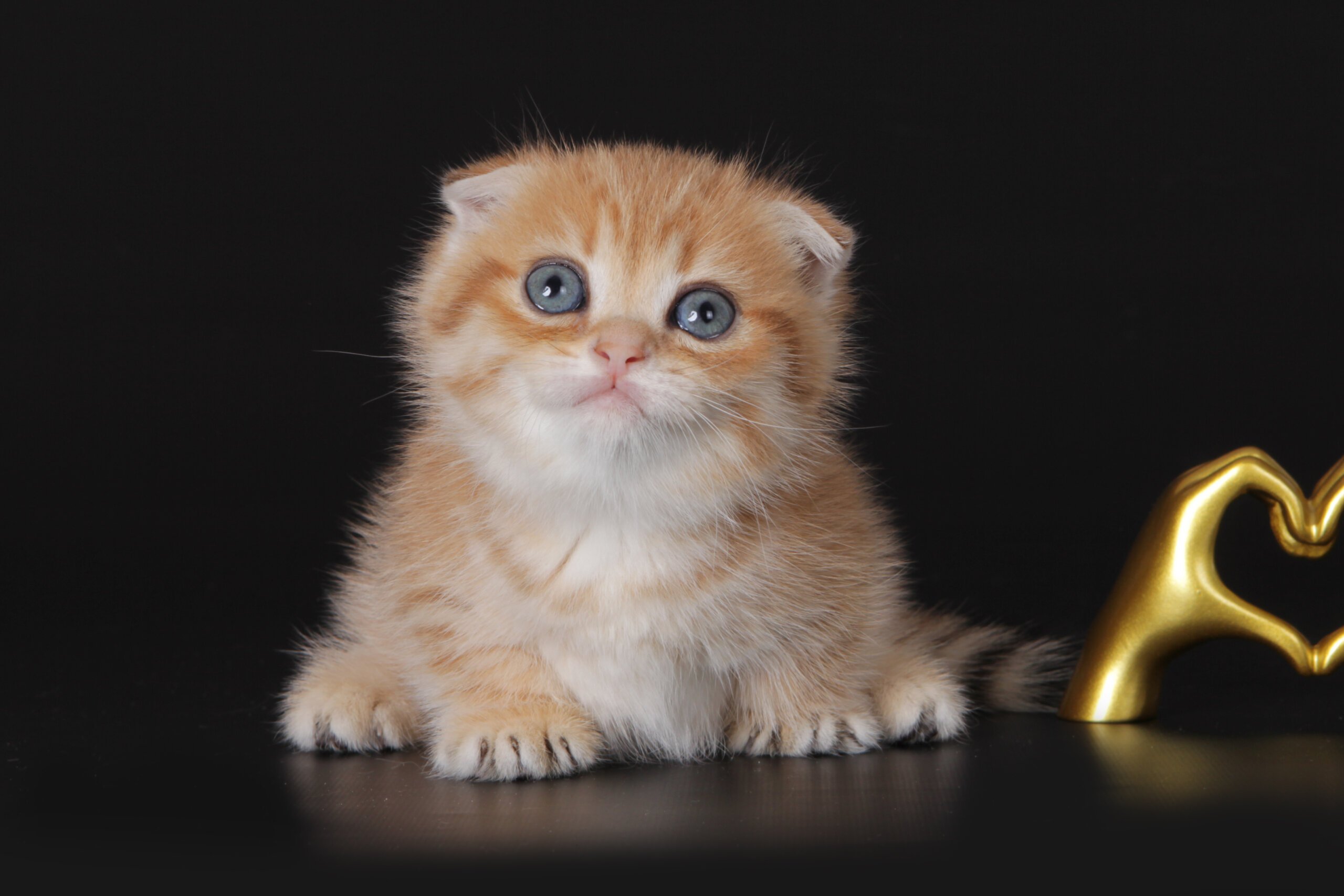
The Social Media Effect
Social media has transformed how the world perceives and appreciates Munchkin cats. Through viral posts and videos and shared photos they’ve generated renewed interest and put these short-legged cats more into the spotlight than ever before. This exposure frequently fuels not just intrigue but demand for Munchkin cats, as additional individuals desire to possess what they observe on the internet. Simultaneously, social media makes us wonder about ethics and animal welfare and how trends influence our decisions.
Pop Culture
Munchkin cats have graced music videos, commercials and even worldwide ad campaigns, frequently depicted as frisky and adorable sidekicks. These characteristics have resulted in a boom in breed popularity, since admirers wish to revel in having the animal they’ve seen in the limelight.
When celebrities post with their Munchkin cats, prices can skyrocket. One post can garner thousands of likes and all of a sudden everyone wants a Munchkin cat and breeders raise their prices accordingly. It’s a trend that can result in pets as accessories, not friends, and that’s just not fair to the animal.
It’s tempting to get caught up in the hype of a fashionable breed, but real pet ownership is about lifelong commitment, not fads. Folks, it’s time to think outside the feed and worry about what these cats really need.
Designer Status
Munchkin cats are known as a ‘designer’ breed. Not only does it make their appearance more distinct, but the tag increases their cost. A lot of people consider them hard to get or special so it drives the need and then the value.
When pets are status symbols, it’s easy for the emphasis to stray from welfare to image. It’s easy to desire a pet that turns heads, but real cat enthusiasts understand it’s about providing your feline a quality lifestyle, not making a statement.
So as a rule, they should always be prioritizing the cat’s health, not its status or sticker. This assists in maintaining the emphasis on caregiving, not fashion.
Global Appeal
Interest in Munchkin cats knows no borders. The European, Asian, and North American breeders have a huge influence on prices. In certain nations, these cats are considered luxury pets, which increases the price even further.
Across the world, demand shifts perceptions of Munchkin cats. In certain locations, they’re considered adorable friends. In others, they’re a symbol of prestige. Prices fluctuate as demand travels across the globe.
By locally can be nice. It goes toward supporting community shelters and keeps the attention on giving a pet that loving home, not jumping on a trend.
Becoming a Responsible Owner
To care for a Munchkin cat is much more than admiring their adorable appearance. Owners have to prepare for the particular needs and expenses associated with this breed. Munchkin cats require routine grooming, health examinations, and a secure home setting. Their short legs are a result of a genetic disorder, so health issues are typical. Being a responsible owner means being prepared for these challenges and developing a support network.
Budgeting Wisely
Expenses for Munchkin cats accumulate quickly. Food, litter and vet visits can range from $70 to $140 a month. That number doesn’t even count toys or grooming products or emergency care. Save additional money for unexpected expenses such as sudden illness or accidents. Enumerate every potential expense and compare it to your budget before you introduce a cat into your home.
Keep account of what you expend every month. This prevents overlooking a bill or skimping on your feline’s care. Use basic tools or even a notebook to record every buy. Most owners report that monitoring spending keeps them in tune with costs and helps them identify patterns, such as increased expenses in winter or following vet appointments.
Finding a Breeder
Begin your quest for a Munchkin cat by locating a breeder with a proven history. Just deal with breeders that encourage visits and respond to inquiries concerning health screens, living environment and kittens’ mommas. Inquire if they screen for hereditary and infectious diseases. A good breeder who cares about the cats will be upfront and honest.
Responsible breeders care about health, not just appearance. They’ll provide you with vet check records and allow you to meet the kittens’ parents. Chat with their past clients. Trusted recommendations keep you from getting scammed or a sickly kitten.
Considering Adoption
When you adopt a Munchkin cat from a shelter or rescue, you save money and you become an animal hero. Adoption fees are typically much lower than purchasing from a breeder, and they may include some vet care. You provide a cat a second chance at a happy home.
Adoption not only supports the rescue work, but it helps alleviate the homeless pet population. Prior to bringing your new friend home, inquire about the cat’s health background and special requirements. While some Munchkin cats might require extra attention because of their history or medical condition, the payoff is usually higher for cat and owner alike.
Building Community
Connect with other owners to swap advice and support.
Participate in online groups or local meetups for advice and camaraderie.
Share resources on grooming, play ideas, or vet recommendations.
A strong community makes the journey less lonely.
